Lumber Island Acid Crew
In memory of Patrick “The Lama” Lundborg (1967 – 2014)
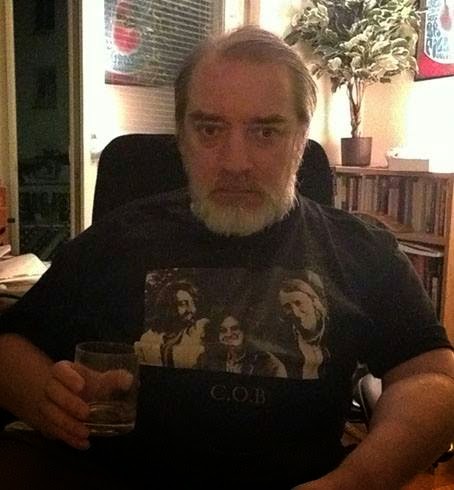
Sending edits of this piece back and forth was my last interaction with Patrick. He was his usual jolly self and had recently spent a lot of time reminiscing and writing about this era, with a special focus on the neo-garage scene. Unfortunately, Patrik passed away in early June, and this has been a devastating blow to everyone who knew him. This piece sums up some aspects of this formative era in which Patrick was a key person in many ways. A sharp mind, an encyclopedic knowledge of rare music and culture and a genuine psychedelic understanding of the universe and beyond. All of these things Patrick possessed and willingly shared. It was and remains an honor to have been a part of his mind, as he has been of mine and ours. “May the circle remain unbroken…”
– Carl Abrahamsson
Since late ’60s Sweden had a unique and quite active underground scene. Pink Floyd came to Stockholm in 1967 and a year later Jimi Henrix Experience played there and left a great impression on the young local musicians that attended the shows. Jimi Hendrix Experience toured with Sweden most well known underground acts called “Baby Grandmothers” and “Mecki Mark Men”. Jimi stayed in Stockholm and jammed with both of the bands. These two bands weren’t the only one, that went into experiemental – lysergic way. There was another group, maybe the most psychedelic and innovative of them all called “Pärson Sound” (later known as “International Harvester”, “Harvester” and “Träd, Gräs och Stenar”), which maybe if they originated from US or UK they would have been very well known and regarded as some of the original innovators, but thanks to the age of internet their reputation is growing. In the early ’70s bands like “Kebnekajse”, “Asoka” and many other appeared on the scene.
Everything changed in late ’70s, but surprisingly just a few years later Sweden got back with an interesting, very lysergic (Ken Kesey & The Merry Pranksters similar), bohemian like closed group of open minded people, that formed what we know as Lumber Island Acid Crew.
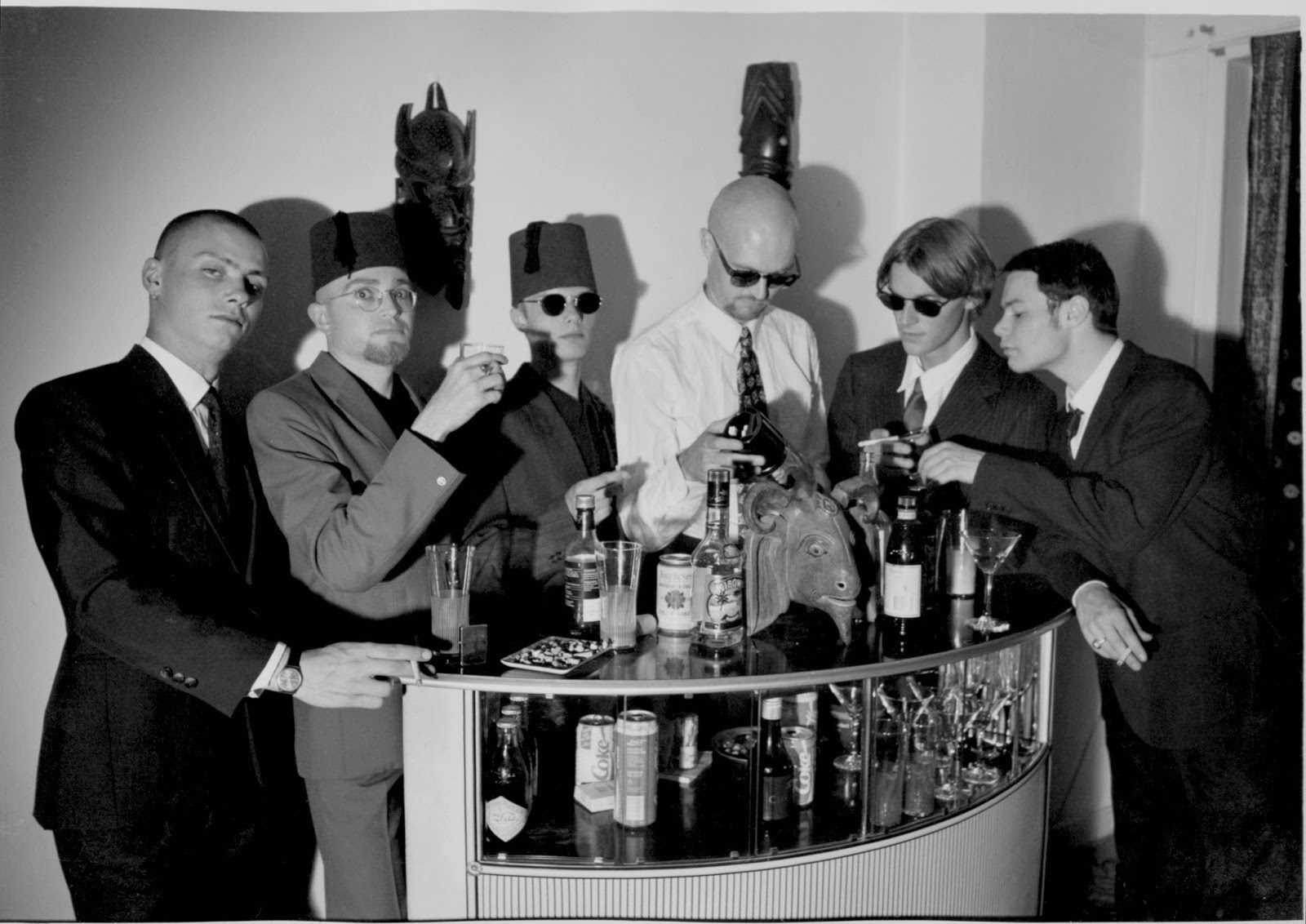
Stefan Kéry, owner of Subliminal Sounds! named a few more important bands, that made LP’s.

Stefan Kéry: I’m releasing vinyl and sometimes digital/streaming reissues, including detailed liner-notes, interviews and unpublished photos, of some of the really good ones. Originals are way rare. As sell as many contemporary bands and finding and reissuing vintage psych from all over the world. Here’s some of the Swedish groups/albums we’ve currently reissued, or are in the process of releasing: Baby Grandmothers, Blueset, Mats Glenngård, Harvester, International Harvester, Kebnekajse, Kvartetten som sprängde, Nature, Pärson Sound, Resan, Joakim Skogsberg, Telefon Paisa, Träd Gräs & Stenar, Tom Zacharias, Älgarnas Trädgård…
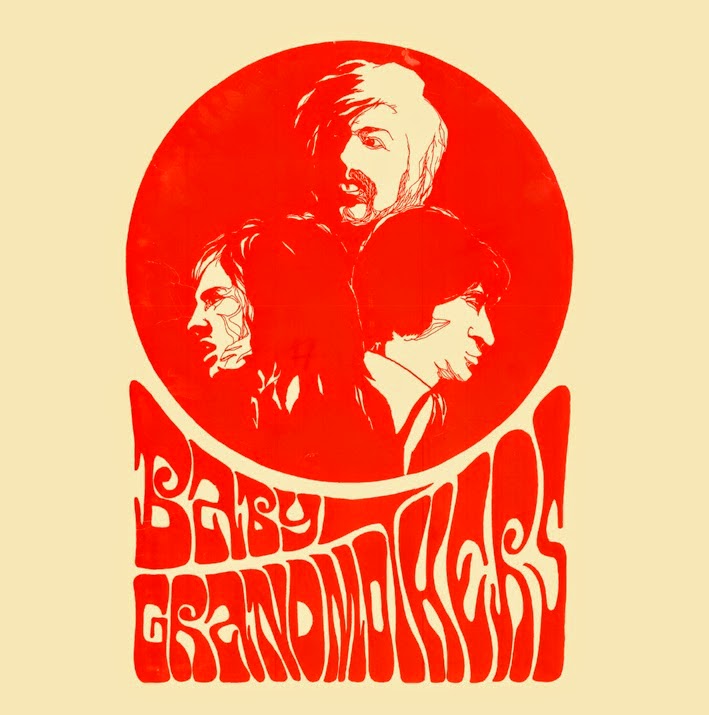
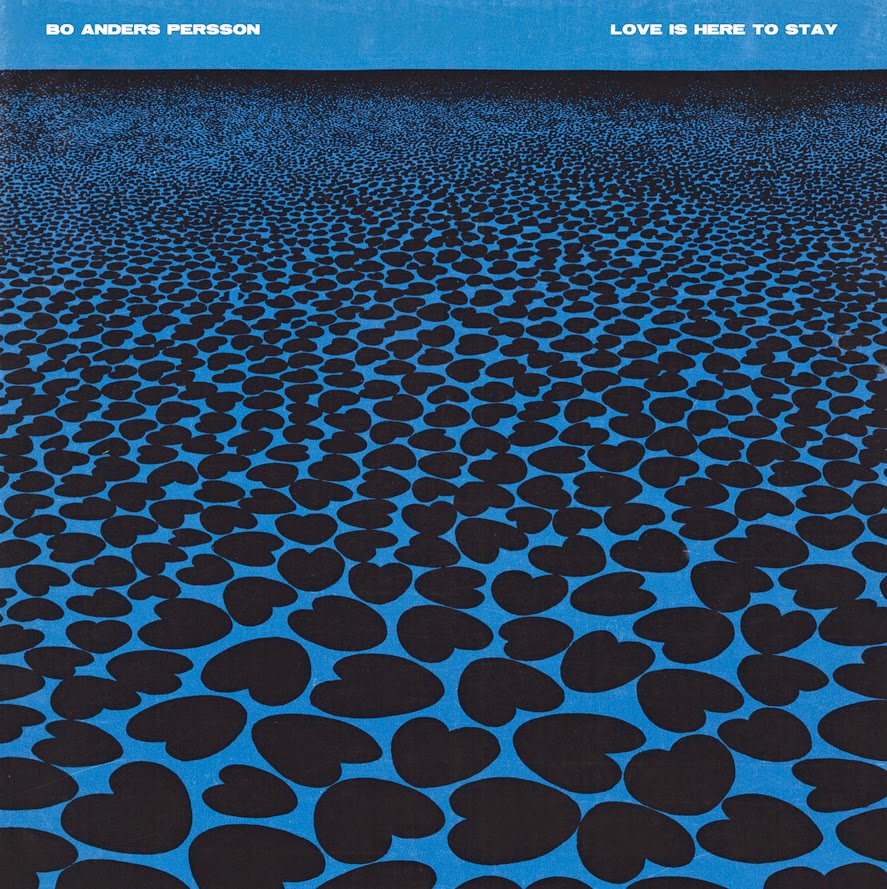
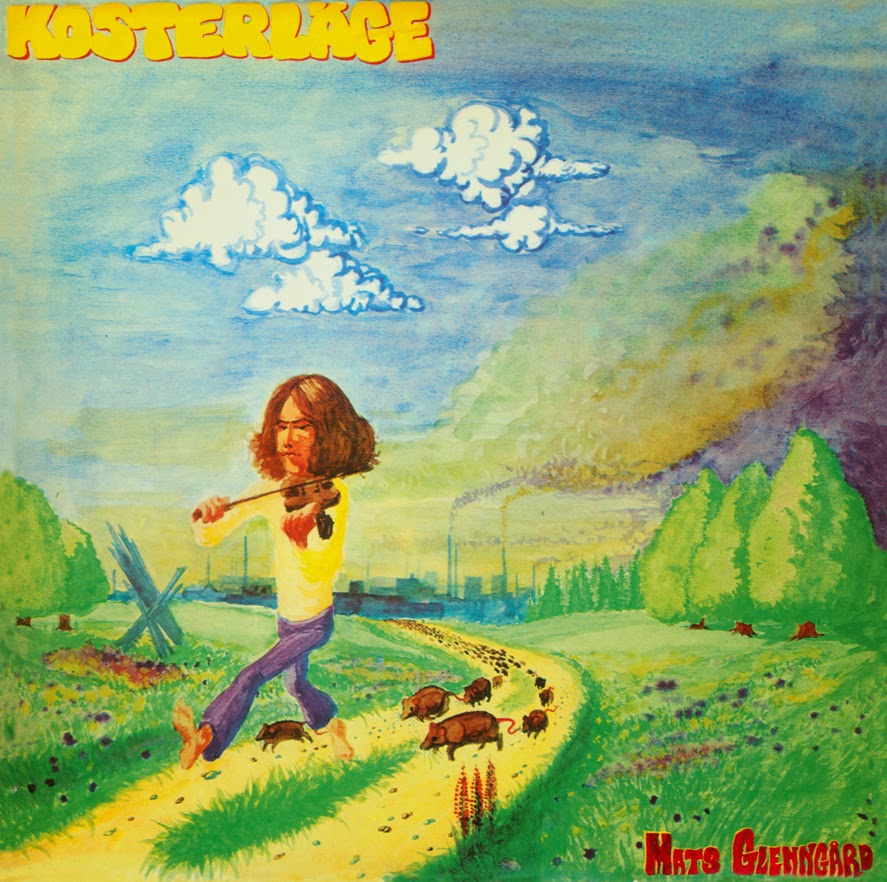
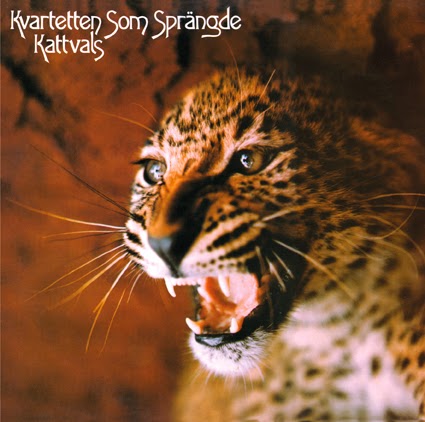
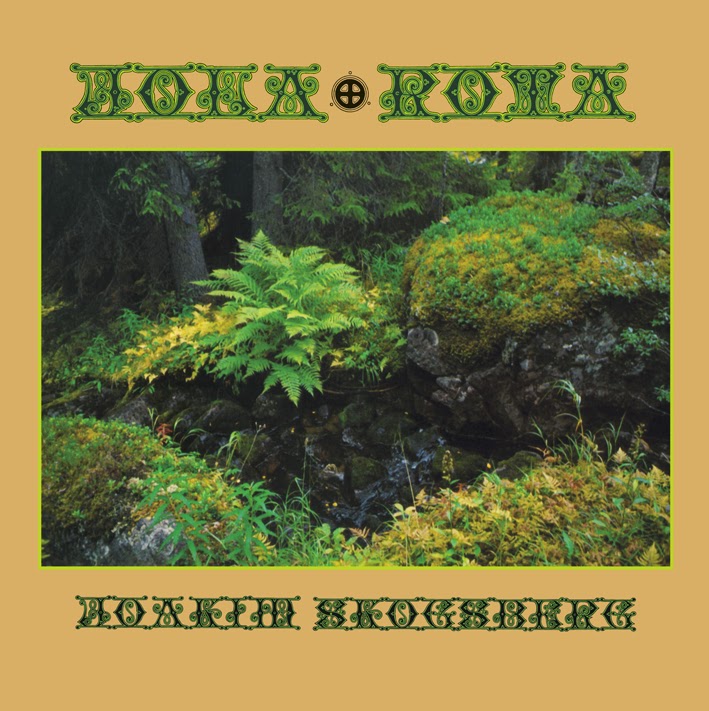
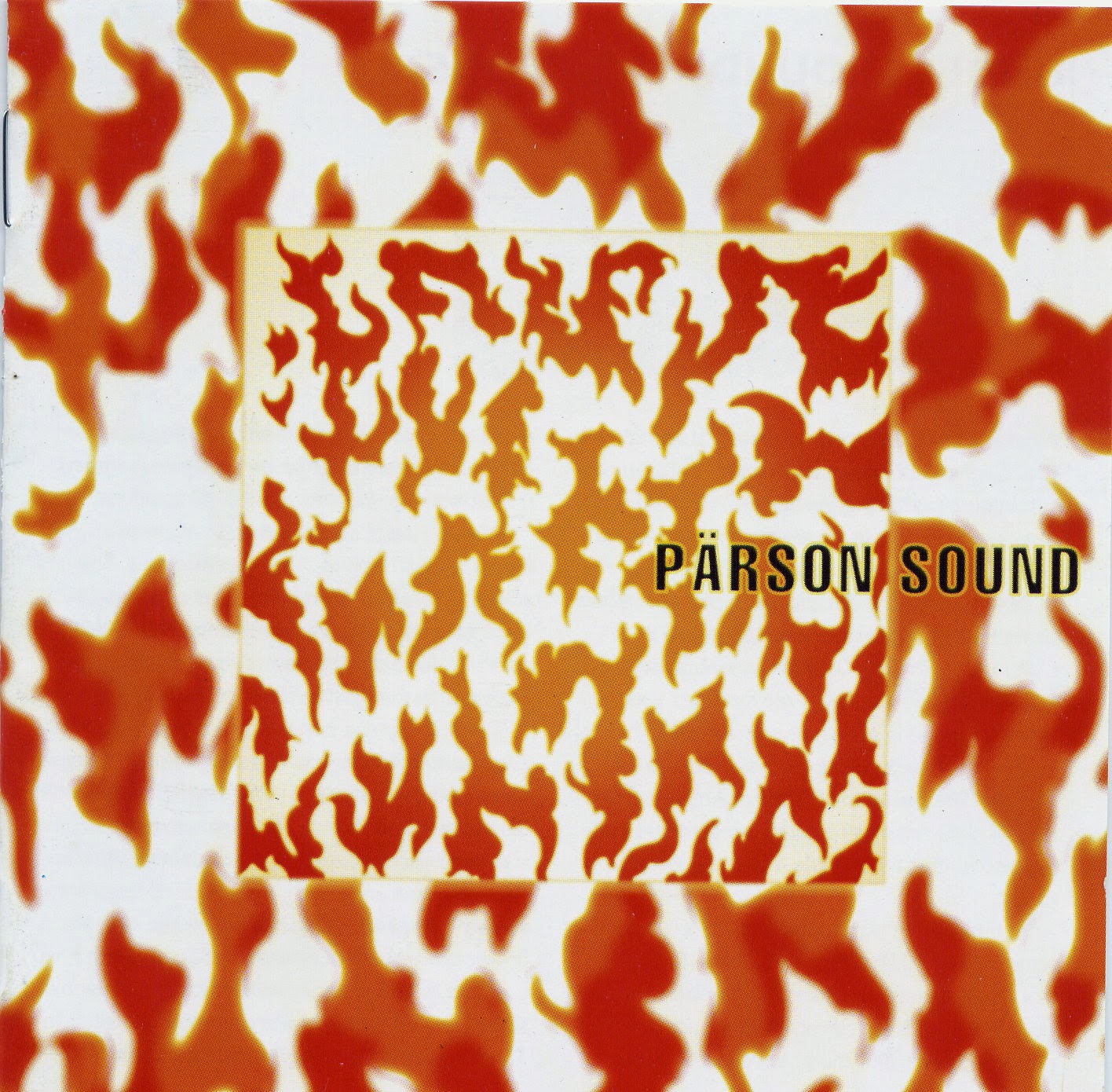
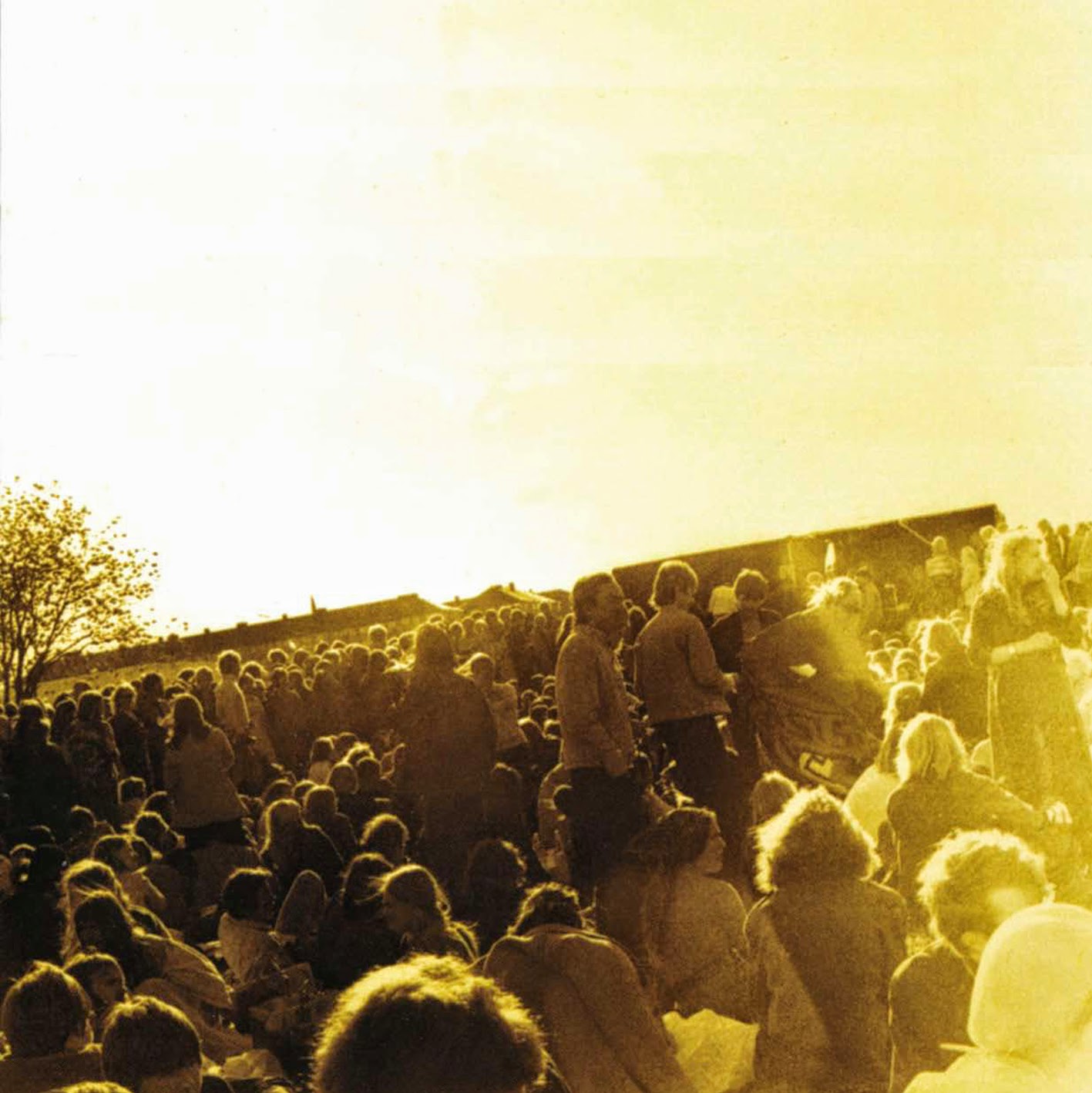
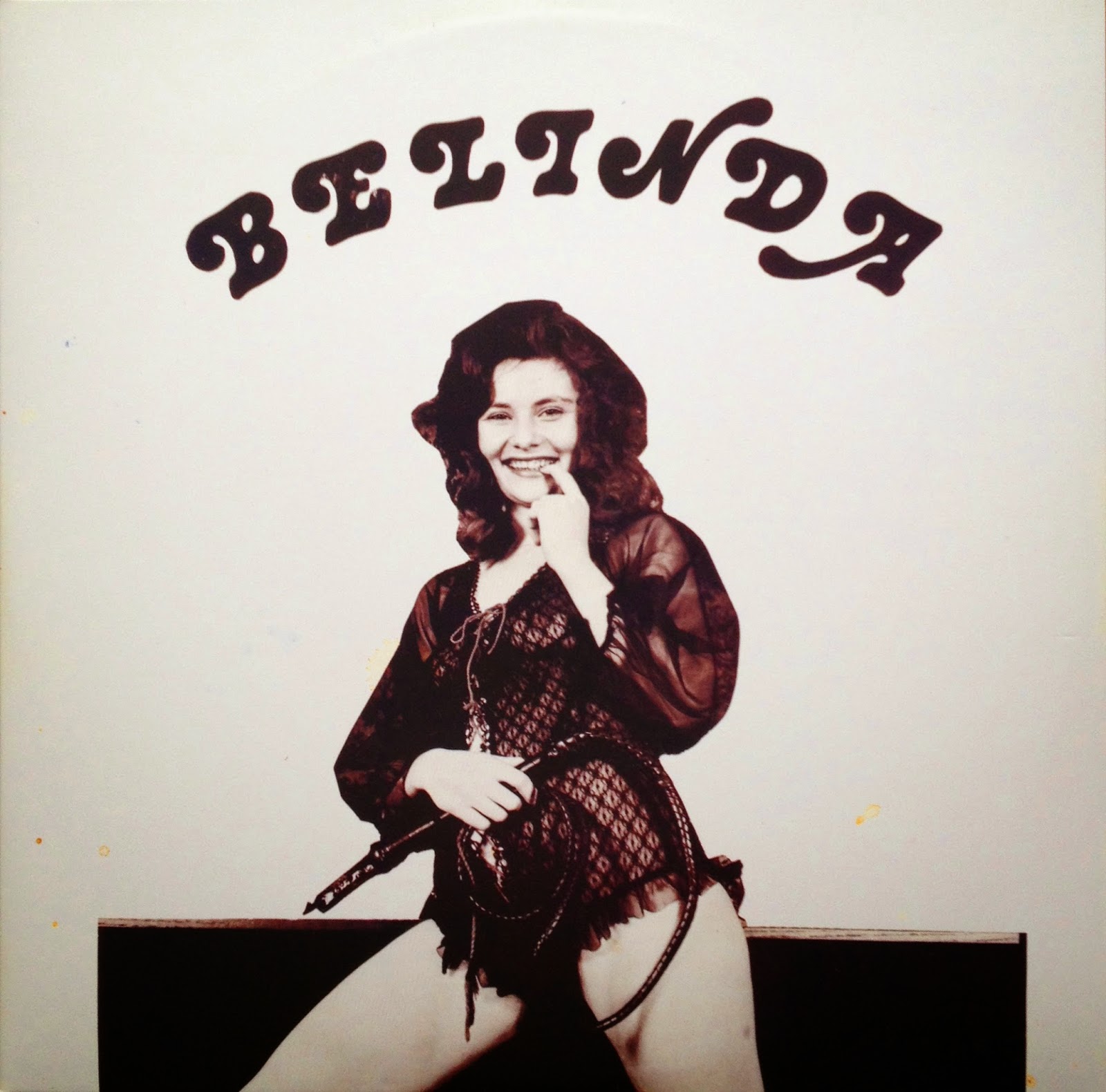
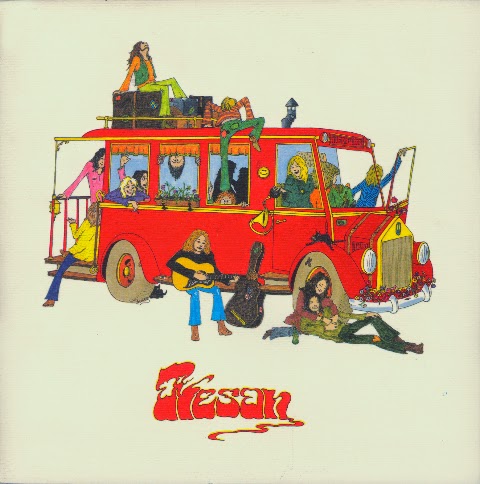
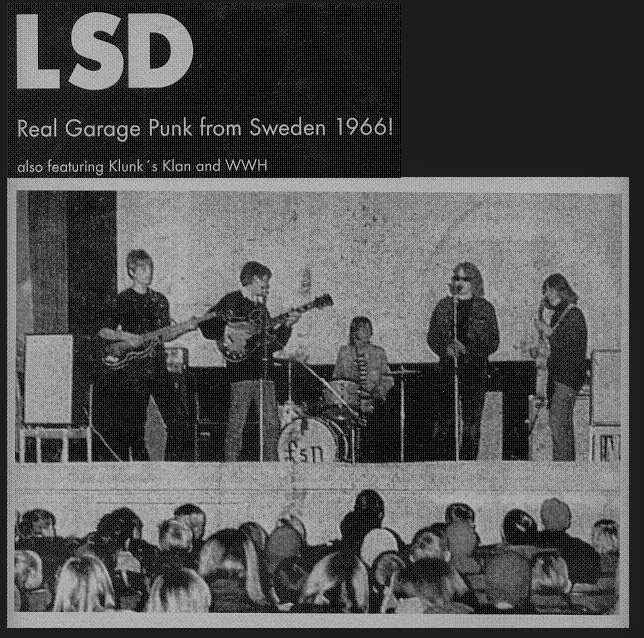
There were various of reasons why the scene started. One of them were for sure bands like “The Stomachmouths”, “Crimson Shadows. Stefan Kéry was leader of “The Stomachmouths” and he explained how they started:
Stefan Kéry: A decade before The Stomachmouths I had formed and played in different bands, both psychedelic and hard rock bands, In the late 1970s to early 1980s I got more and more into rare ’60s punk/garage spurred like many others in the worldwide music underground, by Lenny Kaye’s “Nuggets” compilation and other stuff, Gradually layer after layer of obscure 45’s were discovered in North America and gradually all over the world. After several years, name changes and many gigs, the bands I had ended up as The Stomachmouts. Finally we also decided to record a single early in 1984. Would we’ve been a US band we would surely have recorded and released records many years prior to that but there’s was not really a tradition for making your own privately released records in Sweden and it was pretty expensive. The 45 was finally pressed and distributed in early 1985 and to our amazement it became the Single of the Week in one of the biggest major music magazines worldwide back then; the UK magazine NME (New Musical Express). This lead to a lot of recognition, European tours etc.
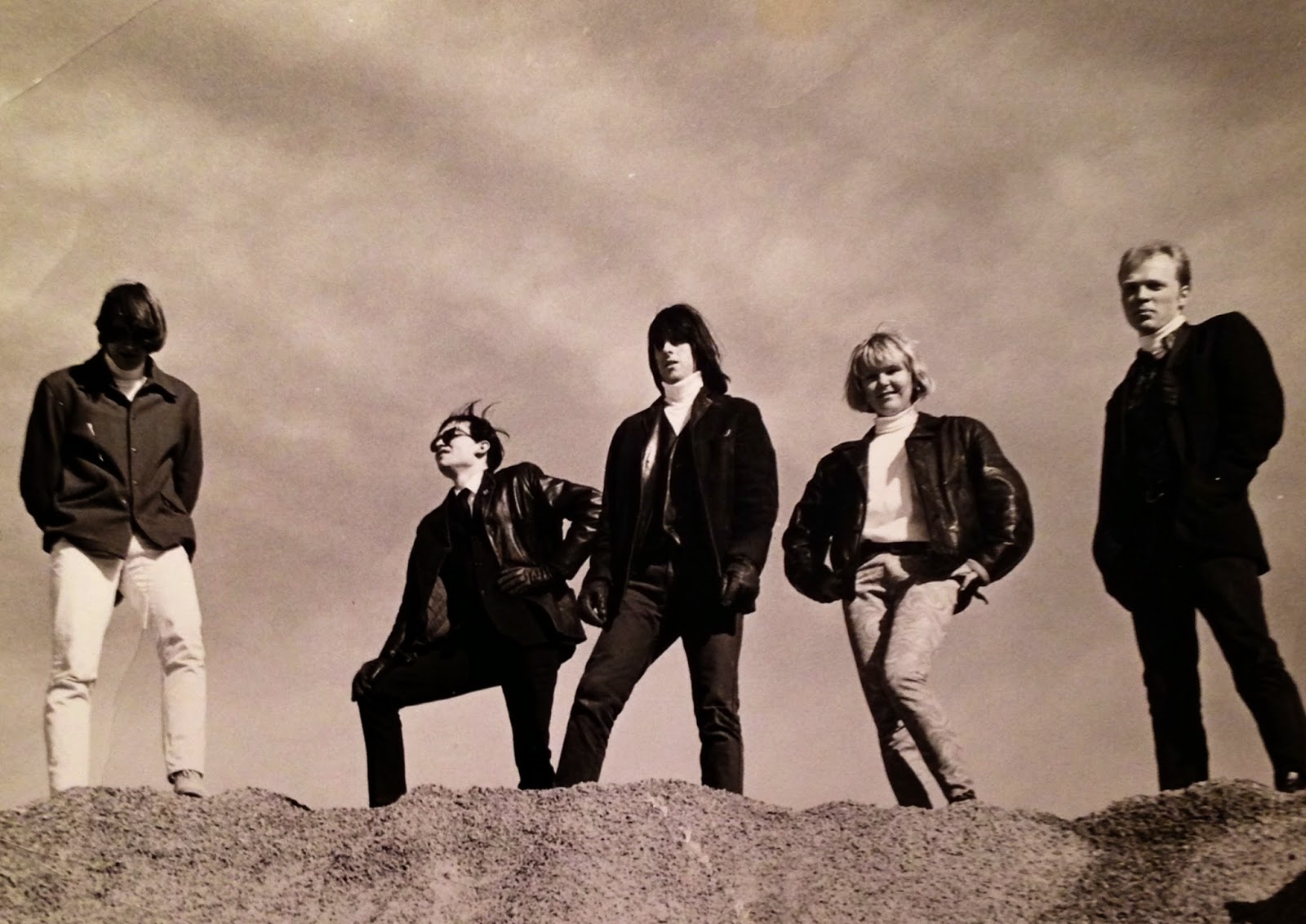
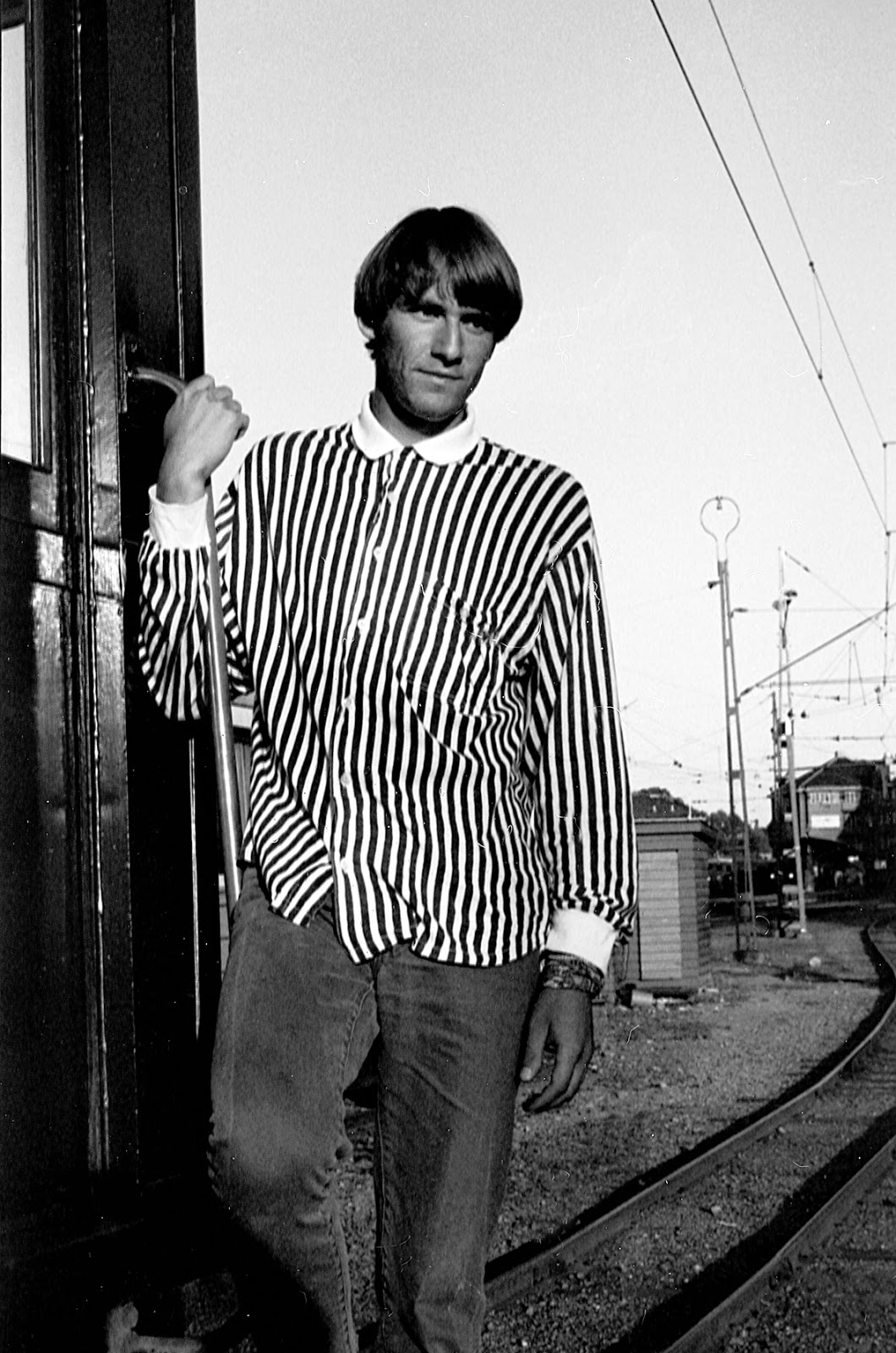
What were your early experiences of rock music in Sweden? Who were the favourite Swedish bands of your youth?
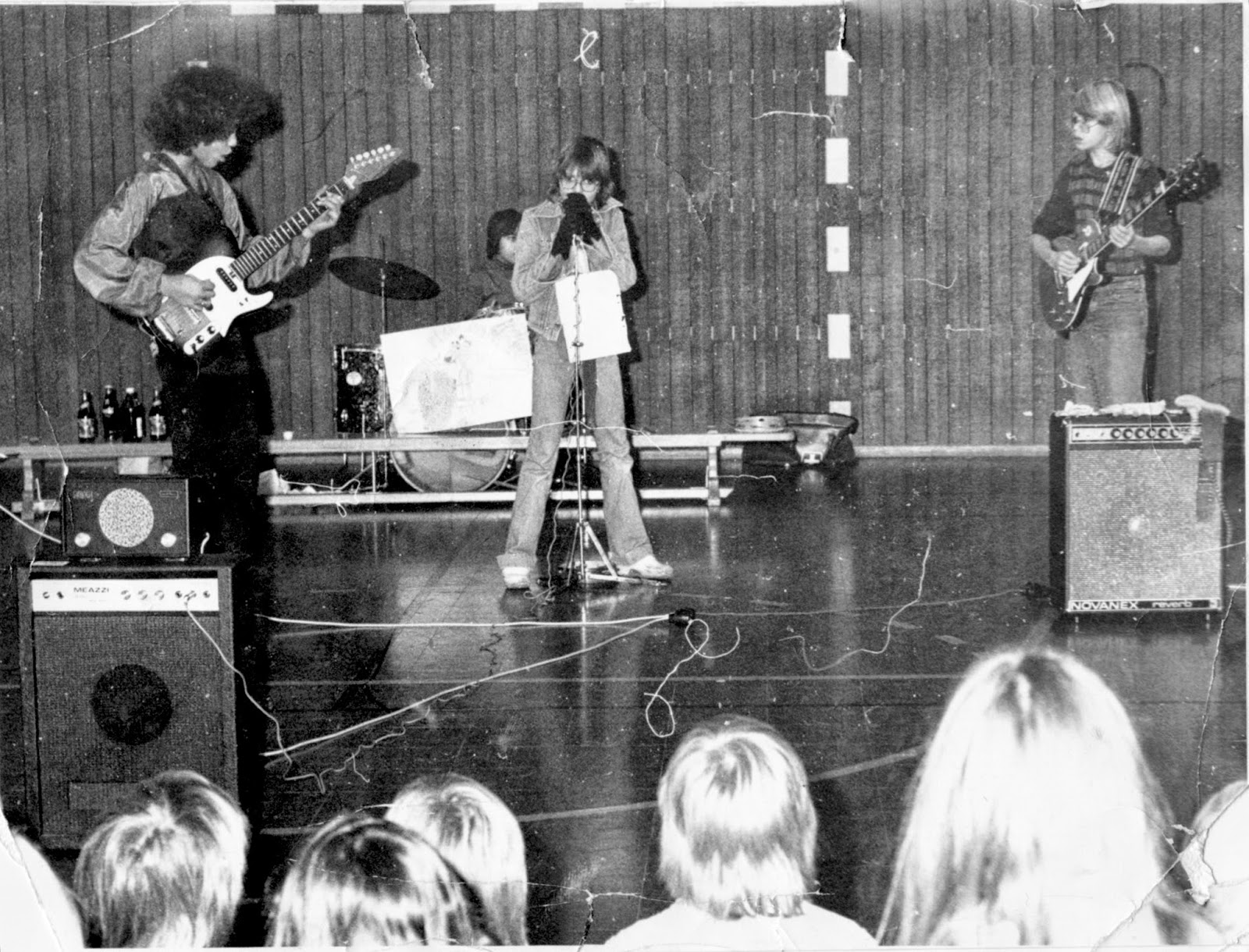
Stefan Kéry: The early 1970s was an exciting time growing up in Sweden. As a pre-teen I could catch all the unknown underground bands that played around the local youth clubs. That was an alternative gig circuit with several shows/dances every week. Yeah, you danced your ass off to psych/prog rock back then. So many of those bands were amazing but unfortunately practically non of them ever recorded. During this time, still as a pre-teen, I also joined my first band; Red Baron. We played some extremely moronic pre-teen psych hard rock using old radio receivers as amps. I wish I had some tapes still! Then my first serious band Psychedelic Pink Panther, with a name like to you wonder if we really were serious but well we were only between 11 and 13 years old). We were totally in to heavy psych hard rock psych (check out the guitarist Jonta, looking like a young Hendrix) and played around for awhile. At least I have a photo of us from a gig in our local schools gym hall. That’ s me in the middle on vocals. (Actually I played guitar too but on this particular son we had an extra guitarist who borrowed my guitar). Since I spend a lot of time finding 1960s-70s bands now it’s ironic that I didn’t keep any stuff from my own old bands.
Did the psych scene in Stockholm grow out of the garage rock scene? Were many of the same people involved?
Stefan Kéry: Both yes and no. I’d say most of the Swedish 1980s garage bands had psych influences. The pseudo R&B purist fad actually sprung up later. Some people just couldn’t handle the mind expansion.
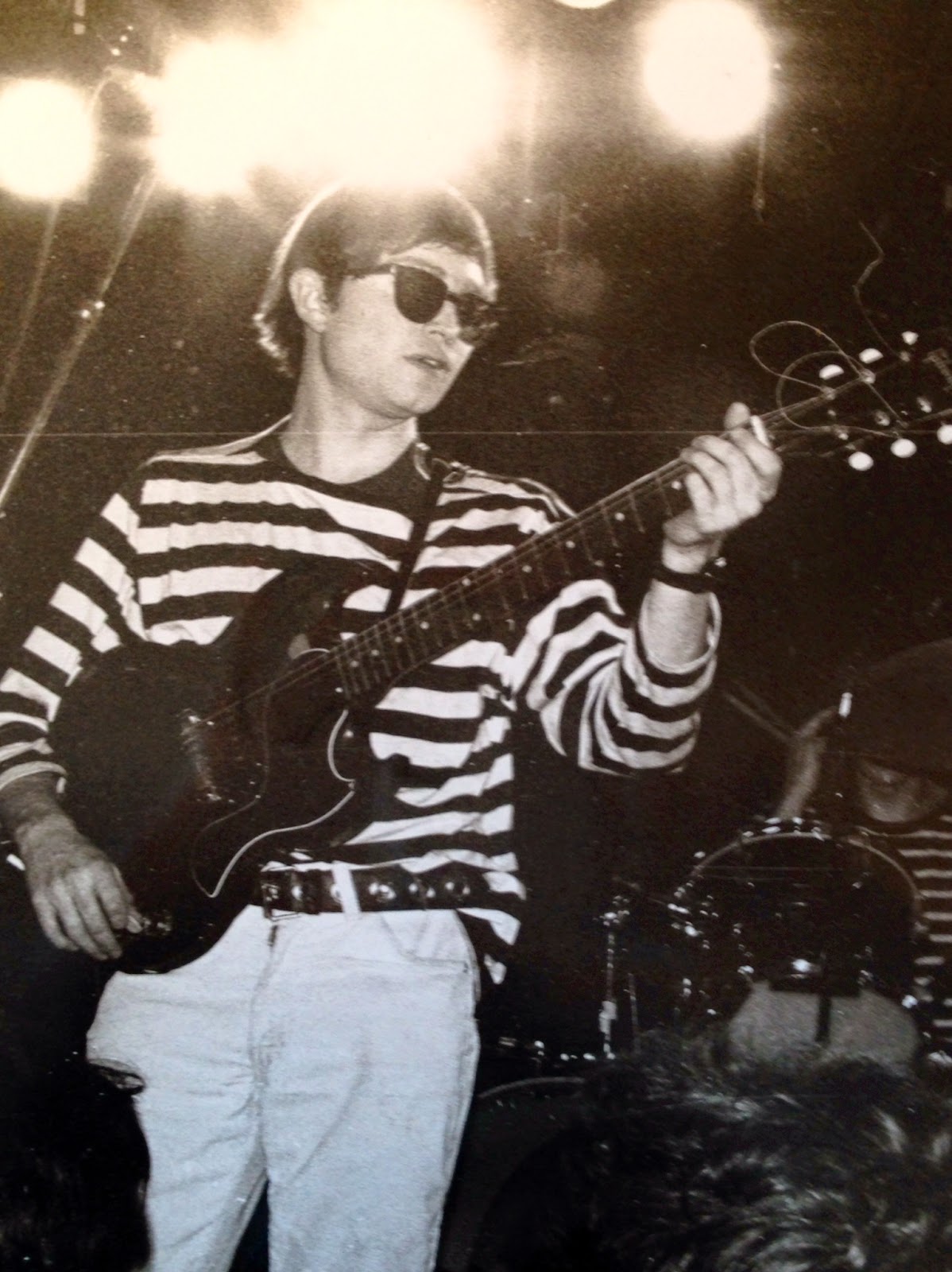
Due the active garage rock scene Carl Abrahamsson started a fanzine called Lollipop and photographed many bands in the Stockholm and Gothenborg scene and helped to spread the word about it. Carl, how did you get the idea to start the fanzine?
Carl Abrahamsson: I was very interested in music and there was a good scene in Stockholm. I also went to London as much as I could, to buy records and see bands. At the same time I also knew I wanted to be a writer and photographer. So all these things meshed in my mind. I had previously made a fanzine about comics. So it all came together very organically. The music fanzine idea eventually became Lollipop.
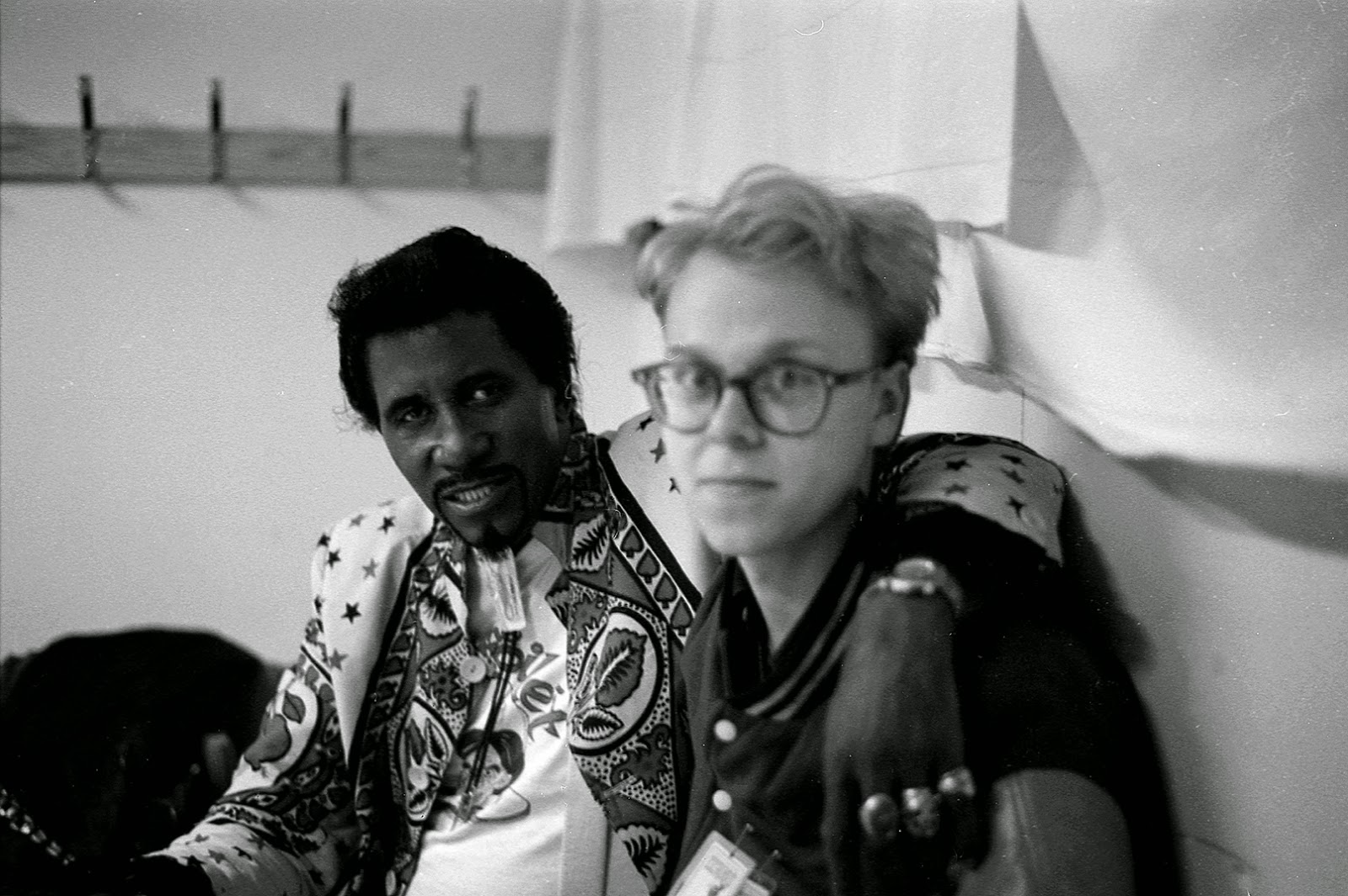
Stefan Kéry: Carl’s magazine was awesome and I just had to contribute a little too. Having had a punk fanzine myself a decade earlier (Destroy Magazine), I really dug Carl who took the time and effort to do a Fanzine that advocated the whole scene.
How many issues and copies were made? This must had been really your own “DIY” project. Did it also include interviews with bands?
Carl Abrahamsson: Yes, that was it: interviews, retrospective articles, record reviews and photographs. Totally DIY. Typewriter, darkroom, reprographic camera, cut and paste (with scissors and glue!), cheap offset printing and hand-to-hand distribution.
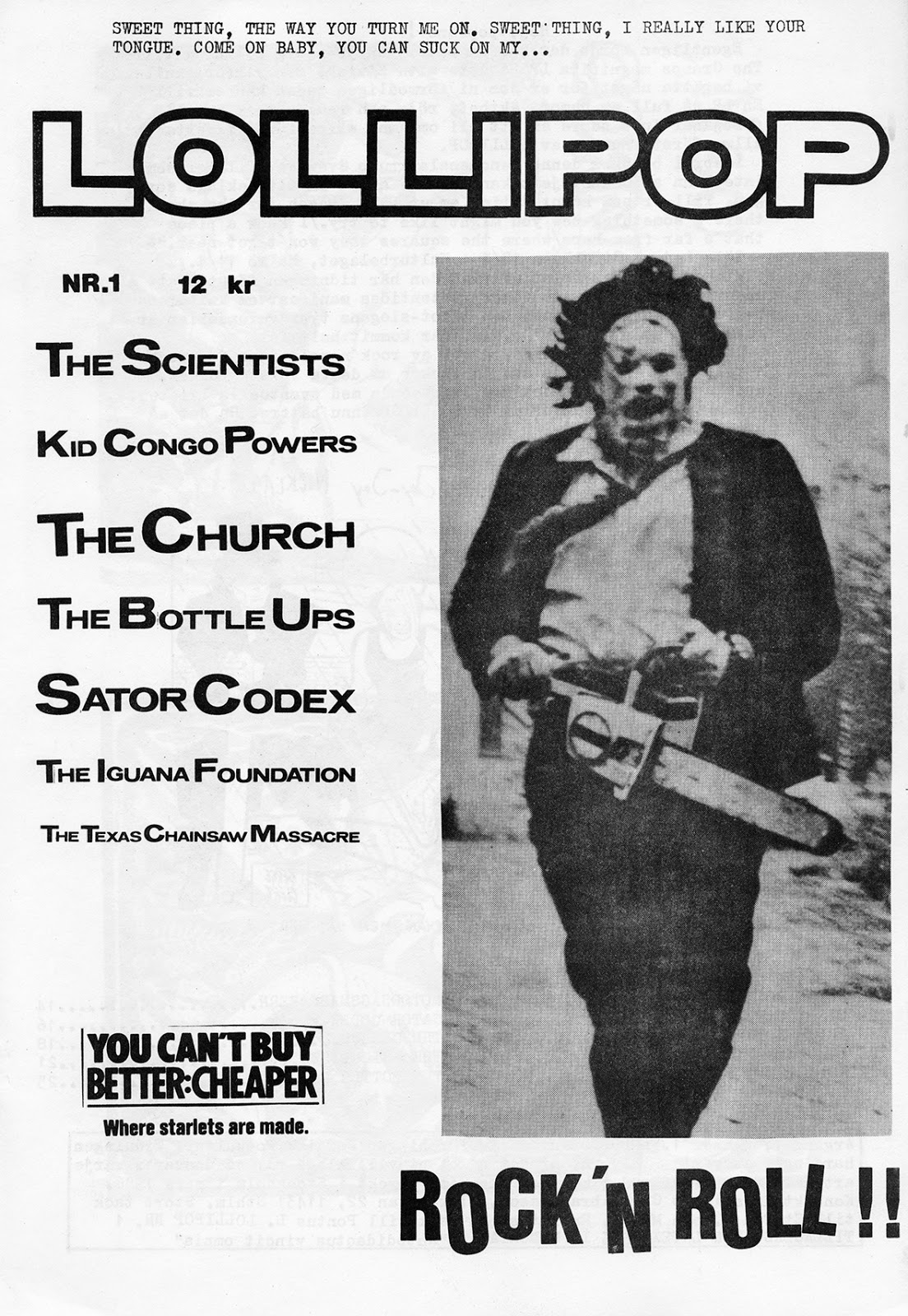
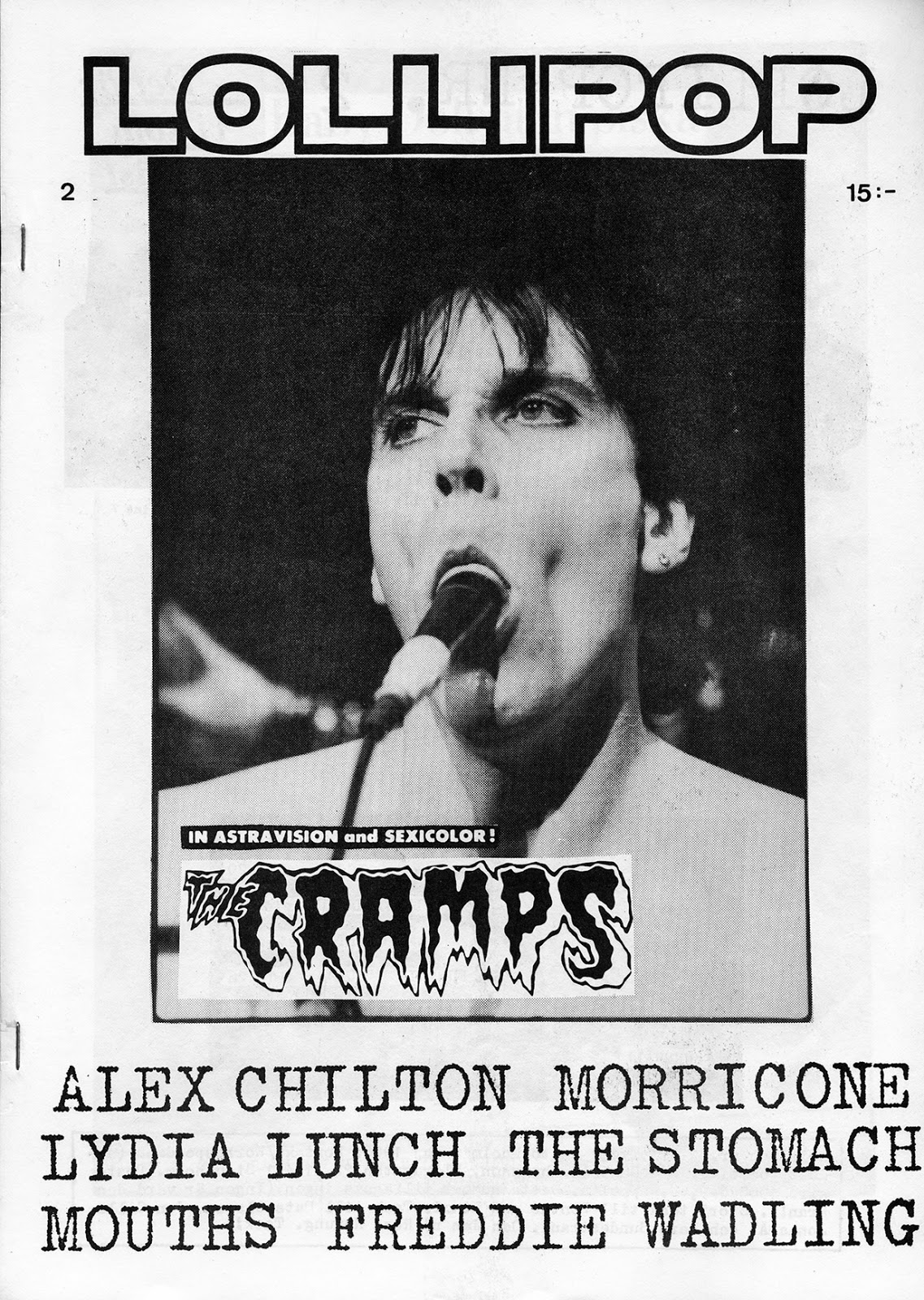
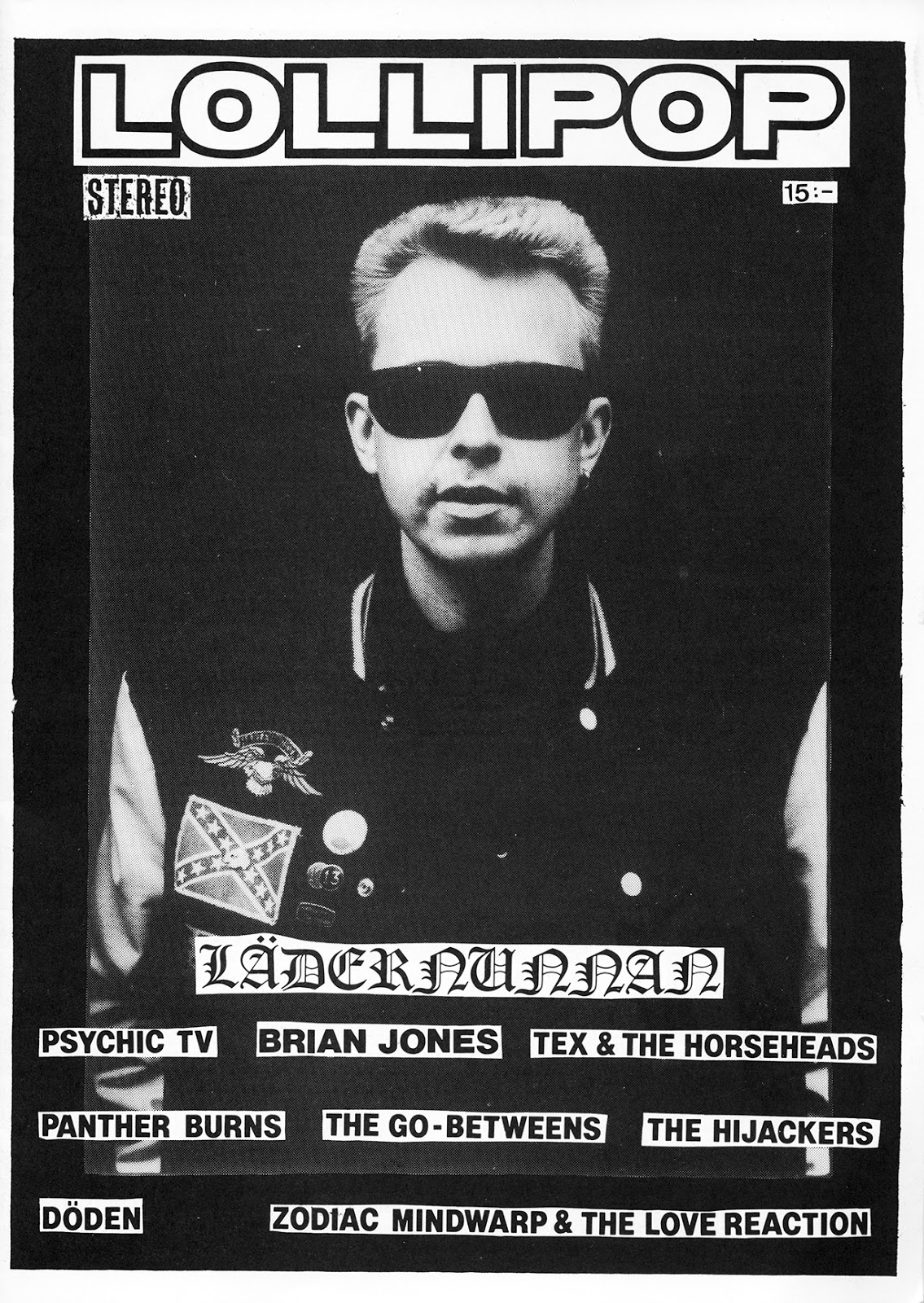
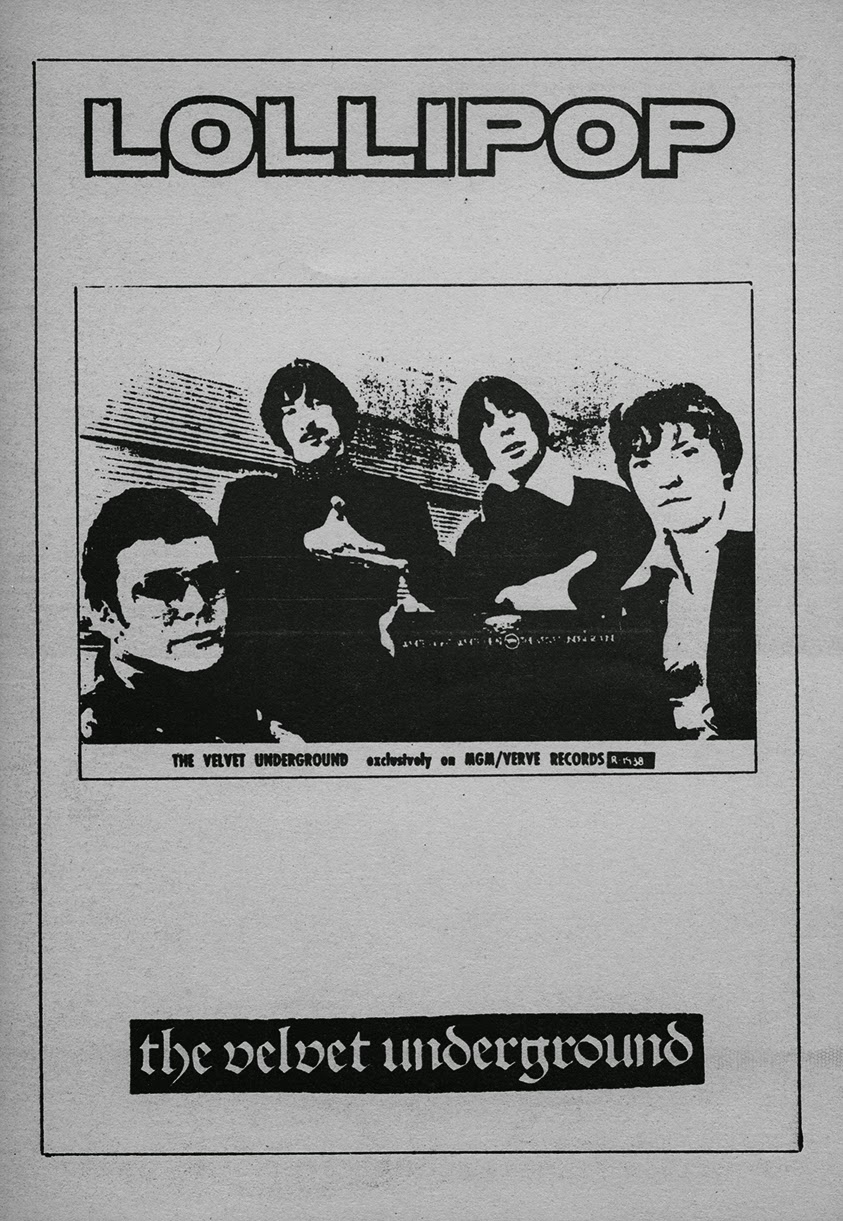
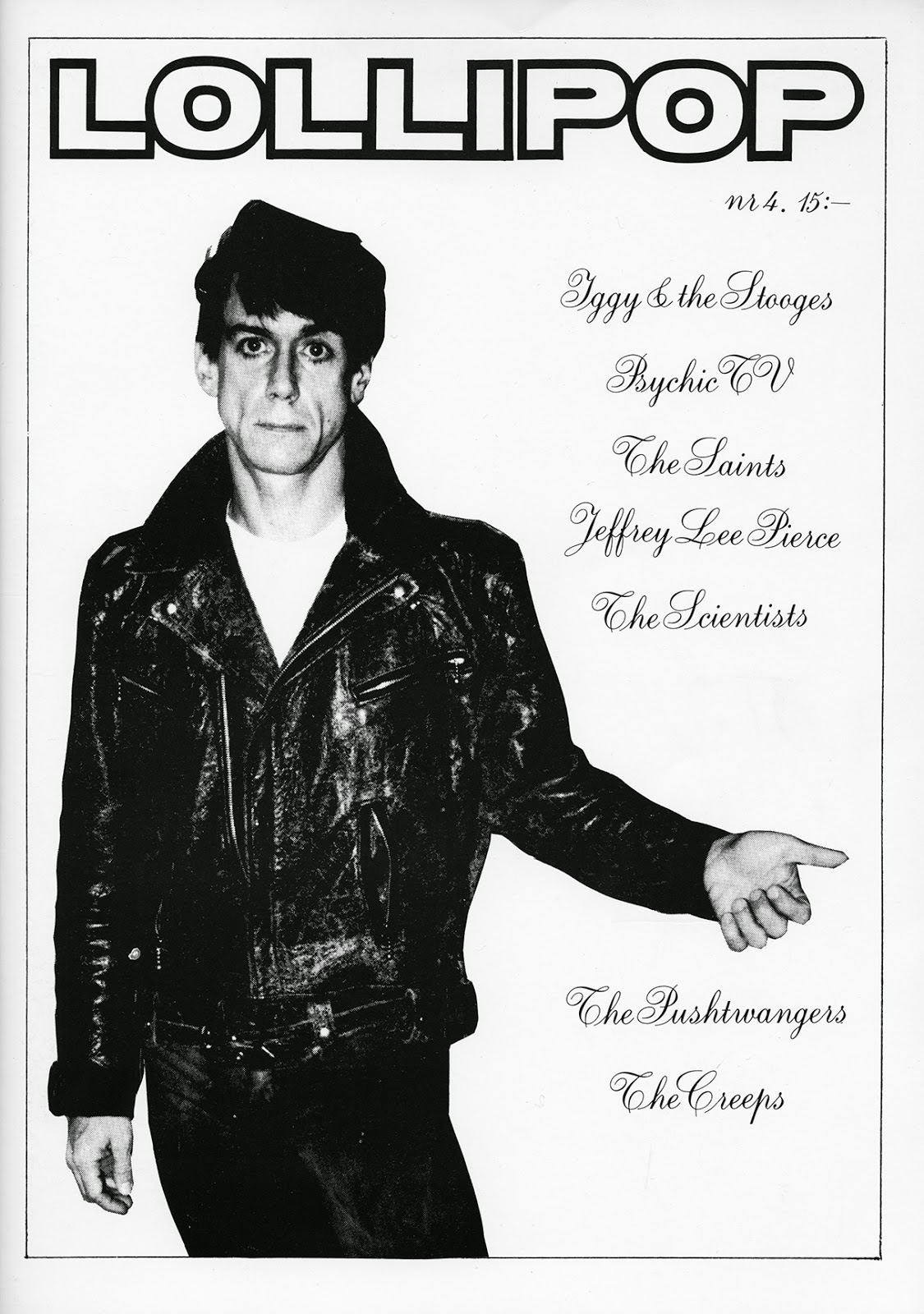
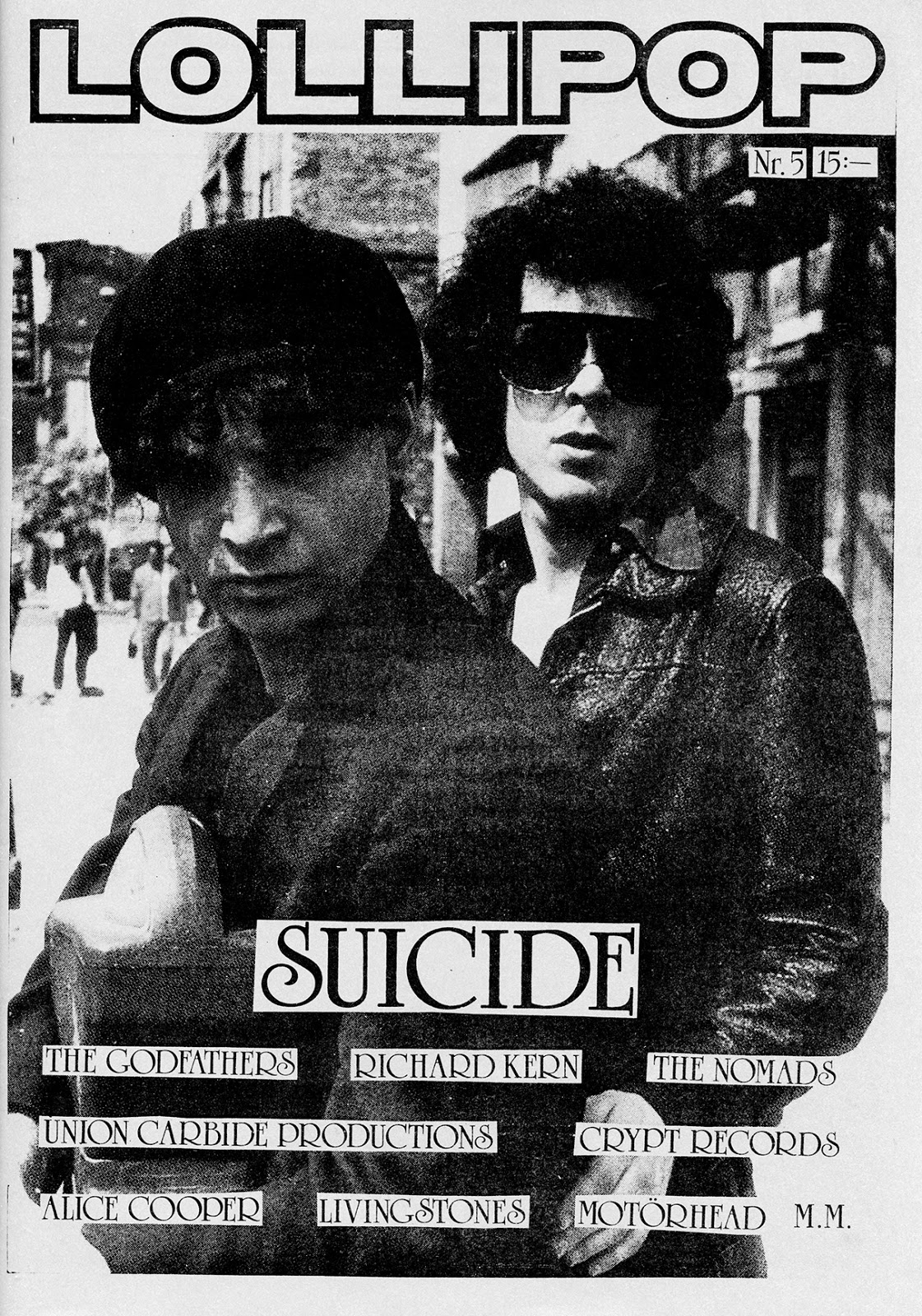
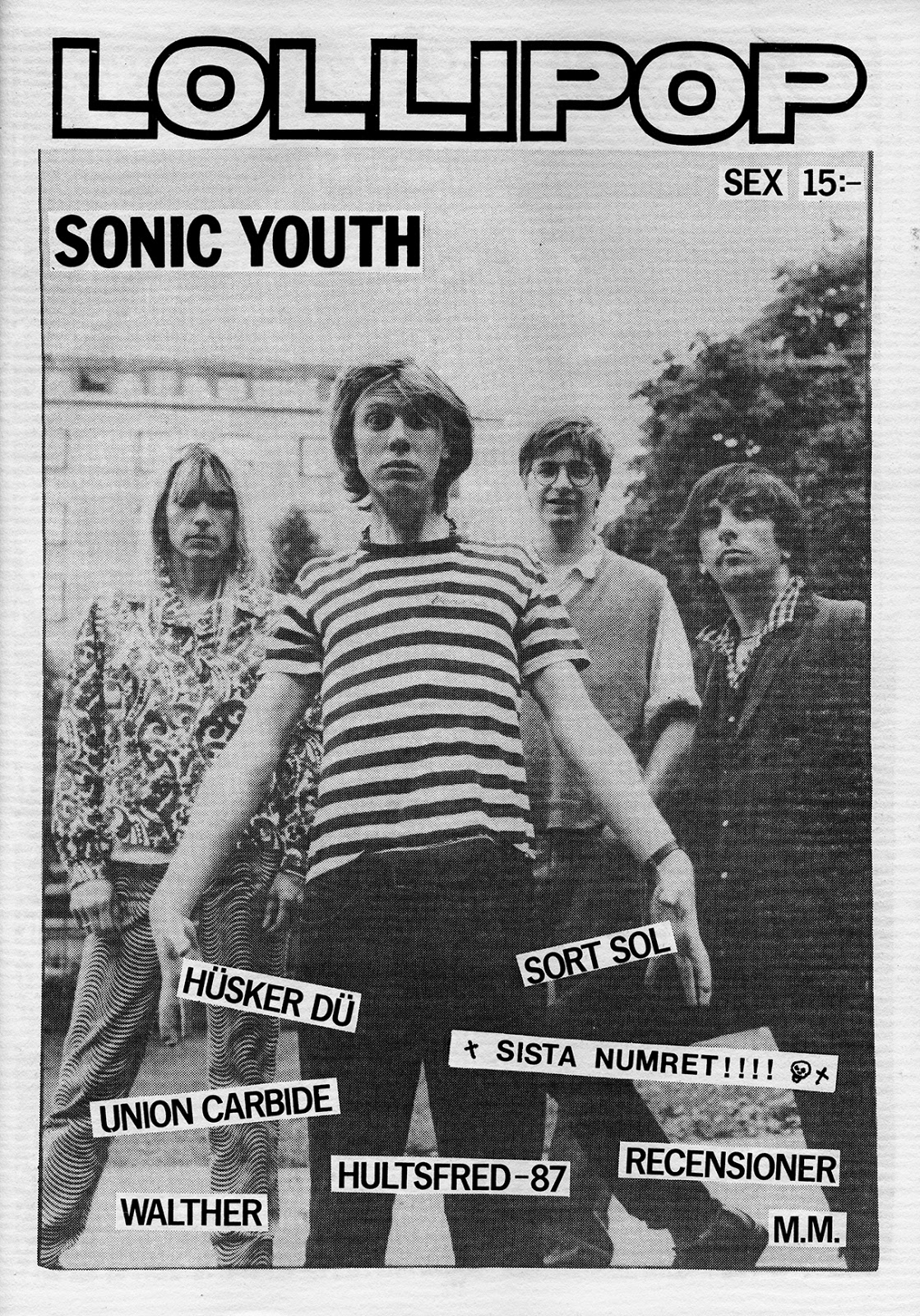
When was the last issue out?
Carl Abrahamsson: I started working together with my friend Nicklas Kappelin in 1985. We went to see so many concerts anyway, so we thought we might as well start making interviews too. The first issue came out in 1986 and then it rocked on for six and a half issues up until late 1987. Then I made another fanzine called Acts of Interstellar Torture together with my friend Johan Kugelberg in Gothenburg. Basically the same stuff. That only came out in one issue, in 1988. When that phase was over, I started the occultural fanzine The Fenris Wolf.
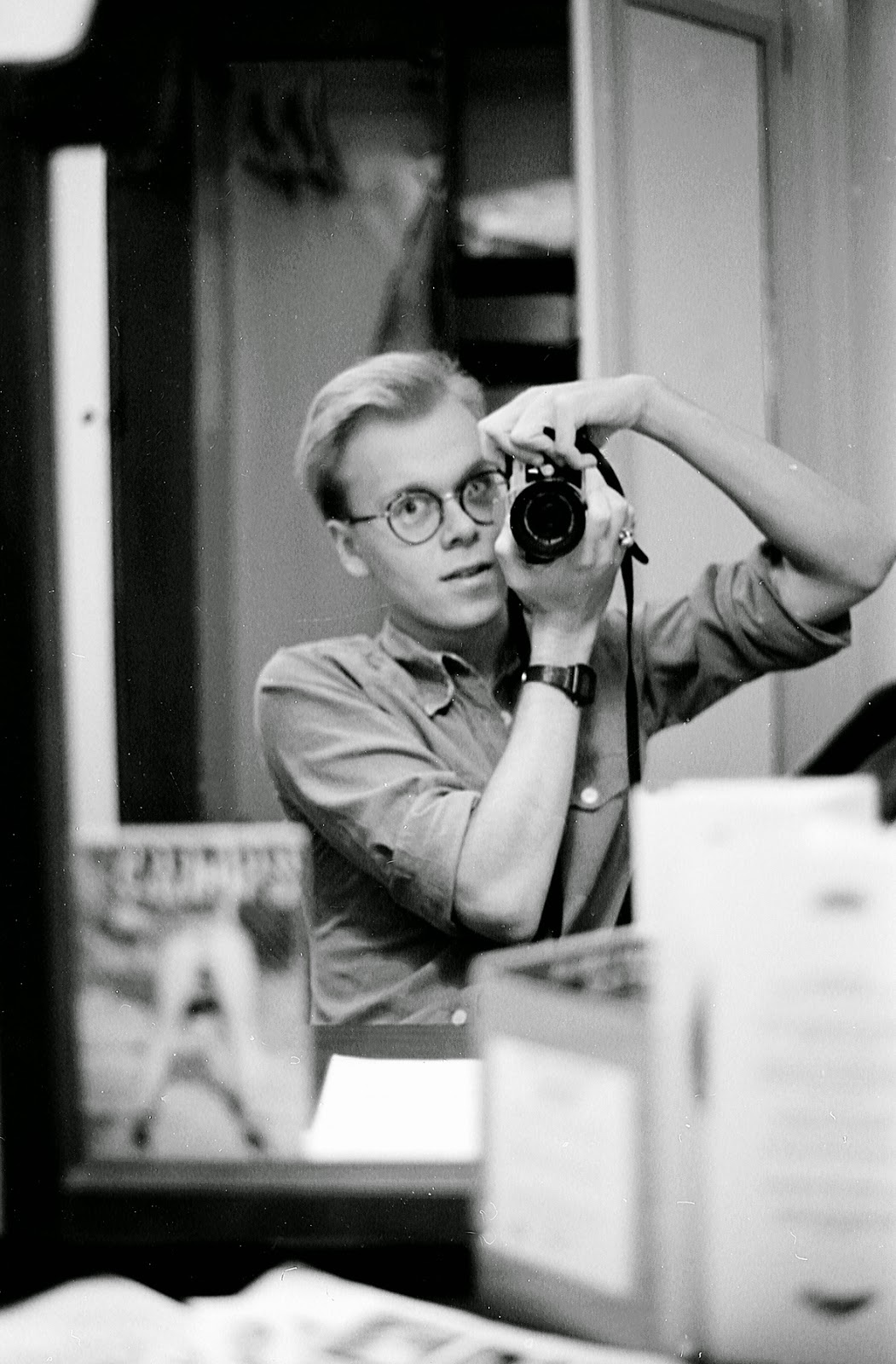
The Stomachmouths released a couple of singles and also two LP’s. Where were they released and how many copies were originally out?
Stefan Kéry: There were also a bunch of compilations. Our releases out of Sweden had horrible or zero distribution. In fact the label that released both our Swedish albums only sold them out of their little shop in Stockholm and couldn’t handle the worldwide distribution requests. Our first 45 was a private press done in 1500 copies, two or three pressing runs. Our most famous album, that was released by a US label ,was actually unauthorized but tended up selling about 25.000 (!) copies. That’s because it was the only Stomachmouths release that was properly distributed worldwide.
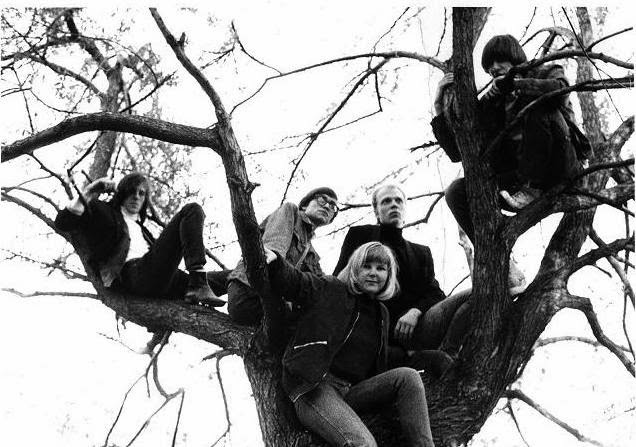
In the scene were also some very interesting people; among them there was a psychedelicist Patrick Lundborg, who is author of Acid Archive and incredible work called Psychedelia (interview here). Patrick, tell us who got the idea to start this Acid Crew “commune” and how did you got the idea for the name? It seems to me, that you were “operating” as like minded people, but not really living somewhere together, just having your own little “scene” or whatever you want to call it.
Patrick Lundborg: Before the local psychedelic scene there was the local neo-garage scene, which began in 1984 and ran on for a couple of fun and exciting years. All of us were teenagers, more or less, a youthful group. The neo-garage era is a story on its own and has been well covered elsewhere (see here, for example), and it was important for us as it brought a lot of key people together, in addition to being 2-3 years of uninterrupted fun with whisky, speed, Back From The Grave and groovy mod ladies.
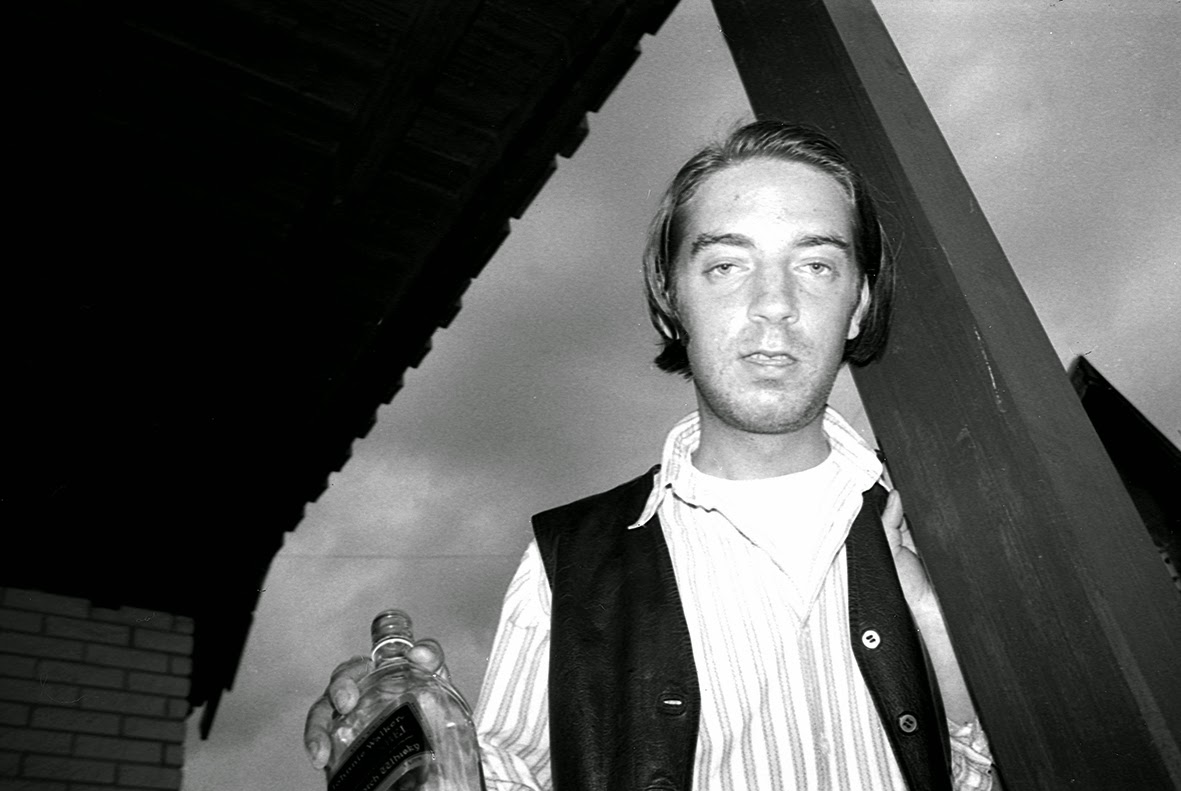
Due to our interest in 1960s music and culture it was unavoidable that the moptop teens of neo-garage would start getting into LSD and other psychedelic drugs. At this time psychedelia was at a low-point in Sweden and elsewhere, and I recall that it wasn’t easy to find people who had acid to share. But thanks to some American connections we got some decent blotters and began tripping. This was in 1986, although some of us had done psychedelics before. The trip arrived just at the right time and with the right message for us. From day 1 our minds were blown left and right with the LSD mixture of fun, weirdness, chaos, and profound insight. We would get together maybe 5-6 heads, make up plans or themes for the shared trip (this is how we got into Exotica at an early stage), pick out some recently discovered records to listen to, and maybe prepare to watch a trippy cult movie like Jodorowsky’s “Holy Mountain”. But beyond the entertainment there was a more profound change that took place and affected pretty much all of us, or at least those who truly enjoyed the experience, which not everyone did. Since the neo-garage scene was kind of fizzling out here in Stockholm, the transition to a full-blown psychedelic lifestyle came very natural. Around this time Stefan discovered St Mikael, and this became an important step forward not just for him and his newly started Xotic Mind label, but for all of us. St Mikael was a unique visionary artist and his instant underground success demonstrated to us that psychedelic culture was clearly alive, and that our Stockholm community could contribute to it, just like it had in the neo-garage days. Mikael became the first outside recruit to the Lumber Island Acid Crew; he hadn’t been part of the garage scene at all, but fit right in with the psychedelicized crew. It was fun to observe that our local transition replayed the same scenario as the kids in the ‘60s—we went from moptops and snappy guitars to Oriental clothes and spaced out attitudes. Except 20 years later!
As for the Lumber Island Acid Crew, I came up with the phrase when I was putting together the original Psychedelic Experience compilation LP and needed a collective name to dedicate the project too. Although few people realize it, that album is a sort of private testimony and summing up of the exciting years spent in this Stockholm community. So I came up with a mysterious dedication to “the Lumber Island Acid Crew”, and my friends here in Stockholm immediately understood what I was referring to. “Lumber Island” is a literal translation of “Stockholm”, so it was kind of a jokey secret about who we were. And of course “Acid Crew” is precisely what we were. I think the closest precedent to what we were doing were Ken Kesey & The Merry Pranksters. We all knew about the Pranksters, who were considered very cool and inspirational in the 1980s. The mid-60s, pre-Sgt Pepper vibe of Kesey’s gang made them more attractive as role models than the hairy hippies, since we were not really interested in Woodstock or flower power.
Similarly, we found the 13th Floor Elevators interesting not just because of their great music and Tommy Hall’s brilliant philosophy of life, but because they had carved out their own path of psychedelic illumination, which was very different from the lame hippie-dippy stuff that came later. With the Pranksters and the Elevators, the acid brought you into intellectual positions that were radically different, and which weren’t really attainably through any other means. And of course, the Elevators were as tight-knit a community as the Pranksters, which again appealed to us. Our interest were always things in the underground and on the fringe, things that lived in the dark off the common path and required a certain adventurousness to grab hold of. Had we known more about the San Francisco Diggers I’m confident that we would have gotten into the Diggers as well, but at that time esoteric information was hard to find, and you needed to know and read certain, influential books that created a shared platform in intellectual and lifestyle terms. Usually these books would point on to the next book, and then another one.
Although most of those involved were musicians and artists, the Crew had a fairly solid intellectual footing. Intellectual, but always with a weird twist. That’s how we got involved in the occult, which became a significant theme here during the 1990s alongside the psychedelic experience. Almost all the Acid Crew members were also involved in the Thelemic Temple that was inaugurated here and ran for several years. I was one of the exceptions, mostly due to my spiritual orientation going in more traditional directions at the time, such as Tibetan Buddhism. There was no contradiction however. One reason why I like the Entheogens LP so much is that it reflects both the psychedelic and the occult element of our Stockholm community, in addition to being musically inspired by classic Nordic head sounds like Handgjort and Furekaaben. I think the Entheogens LP is the work that comes closest to capturing the wide and varied nature of the Lumber Island Acid Crew.
What was the concept behind the crew?
Patrick Lundborg: By the end of the 1980s, all of us were engaged in artistic endeavors, geared mostly towards modern urban underground themes and recycled pop culture. Our sense of community was reinforced by the shared psychedelic experiences, and the partaking in each other’s creative works (putting out records, publishing fanzines, photography, painting, writing, etc). The sense of outsidership was fairly strong, but it was more of an amused detachment from the silly world of the 1980s than any type of aggression. We found it easy to reject the creative dead-ends and dull naval-gazing of European postmodernism, and developed our own aesthetic programs instead. The Lumber Island Acid Crew stood outside not just the typical Scandinavian creativity of the time, but also outside the typical underground culture of the time. What few contemporary reference points we had came directly from people in London and New York, but the bulk of the aesthetics were self-designed from psychedelic experiences and via the trustworthy intuition of guys like Carl and Stefan, both of whom are exceptionally productive people. Absorbing the external input that worked and filling in the rest on our own, our way of life and paradigms seemed to grow in a different direction from whatever was going on elsewhere. During the later 1990s there was a feeling that what we had been doing since ’86 was finally being caught up with by a new generation of hip locals. As an example, when Tiki Culture became a big retro sub-culture, we had been running Exotica-themed LSD trips since 1990-91. Since then, we’ve had time to observe this validation over and over.
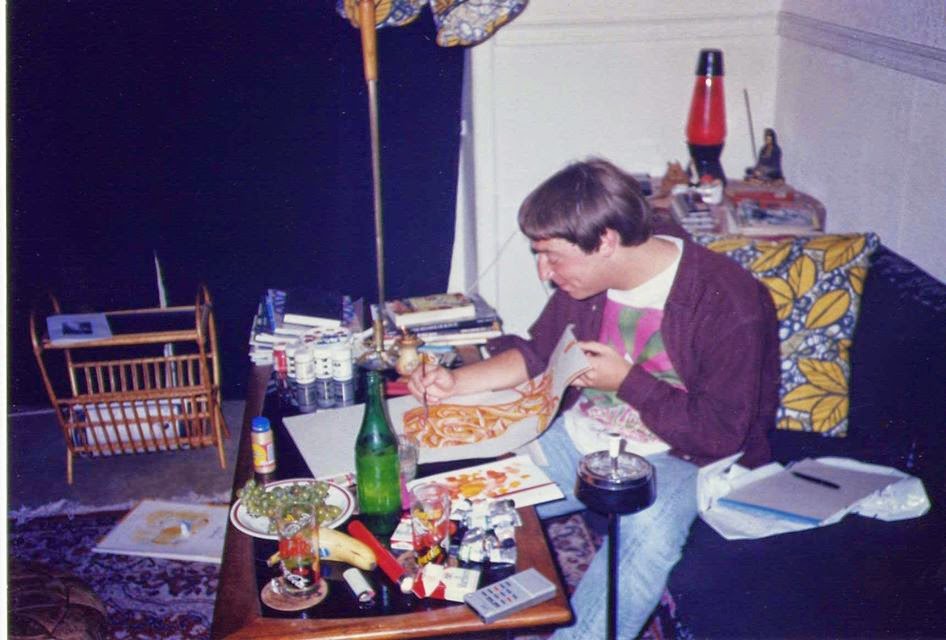
The Lumber Island Acid Crew was not an artistic movement or an “-ism” as much as a group of people who discovered a shared interest in unusual concepts and esoteric knowledge, and thanks mainly to psychedelic drugs this group became an identifiable creative community, and their shared interest became a way of life. The serious attitude towards old underground and pop culture is typical of this generation, but over time the ironic meta-analysis of the past became less vital than our own spiritual and visionary experiences, and the sense of exploration into the mysterious unknown that goes with it. Looking back, I think the spiritual element is probably that which sets the Crew most apart from comparable enterprises. The biggest reward, at least for myself, is the sense of encouragement and creative freedom that comes in an artist community that has evolved organically from natural affinities.
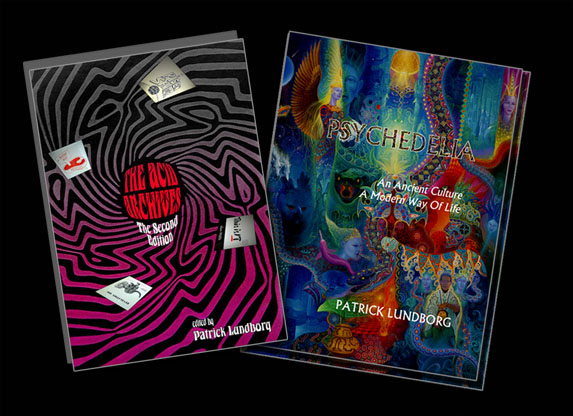
Carl Abrahamsson: Originally, it was very much a scene based in and on garage rock, fueled by booze and speed. But once LSD made its way into our lives, things changed – Thank God or whomever! When you experience that together, and several times, it glues you together. Stefan brought in some incredible psych music and suddenly things changed into something completely different. We all became actively interested not only in psychedelic culture and music but also in art and weirdness in general. We experienced an imprint together and that residue is still there. I’m very happy about that. I think we’re also living evidence that those early days were beneficial for our own individual creativities. We’re all very active on an international level today, each in his own field, and I think we owe a lot to what we experienced together back then.
Around 1987/1988 Stefan Kéry got an idea to start an independent music label through which they could manage to release the work of crew. That’s how Xotic Mind Productions started and the very first release on the label was St. Mikael of which five albums appeared, then The Word of Life, Adam and a few others. Stefan, can you tell us about this releases. What’s the story behind it?
Stefan Kéry: Since I had experienced being ripped off with The Stomachmouths I wanted to start an honest record label. The idea was the vinyl LP album as an art form and that some of my friends had an “album in them” so to speak. I wanted to make it possible to release that album. At first I wasn’t sure if we were goint to have an actual name for the label or just the musicians initials (hence the 1st pressing of the 1st ST Mikael album says only MS). Then we opted for Xotic Mind, which was eventually changed in to Subliminal Sounds later. I’ve released two more recent albums with ST Mikael also: ”Mind of Fire” in 2007 and “In Harmony” in 2008. Both include some of his best work ever. Anyways, I was planning to release my solo stuff (which I hardly found time for when things started rolling) and then got to hear Mikaels home recordings. I suggested and gave them some mixing tweaks and psychedelic effects and so we got the 1st two albums done pretty quickly. I had good connections among the world’s psychedelic music aficionados and made sure all of them got a taste of ST Mikael.
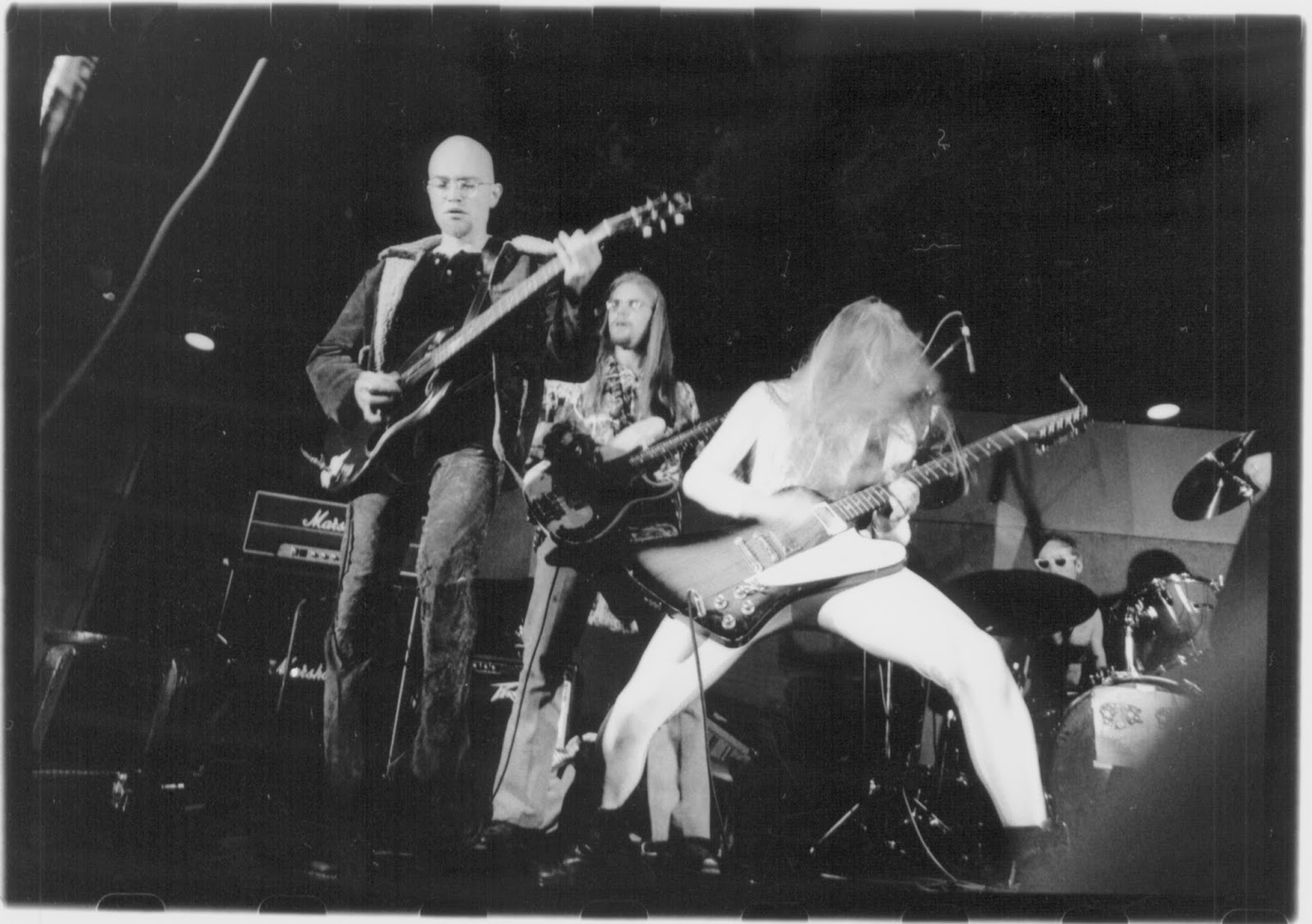
Mikael Sundström: After three years of playing in bands and my exploring into making different kinds of home recordings on my own, in my hometown – I saw my life in that place leading to nowhere and with no one. I took the step to move to Stockholm where I knew nobody. How could I know it was all at the right time? I met Stefan, hung out with his friends, and some of the anarchic garage musicians I met there were intelligent enough to have investigated about the psychedelic movements in the past, and acid was flowing in. I was already initiated and I knew that all anti propaganda about it seemed to have forgotten the timeless talents like Hendrix, Beatles and others. Stefan thought big about my simple home recordings and suddenly, with preparations of course, my first album was in my hands. Dreams of my childhood came true, AND I was part of that creative process without the hierarchy of a commercial record label. I had painted my own cover and all, and my long time fetichism for vinyl records gave me an orgasmic experience. A kind of magical process, because most of those recordings on that album had been made in my bedroom or in the rehearsal studio without any expectations for release in any form. Incredible enough, sophisticated collectors in the US and Europe, named me St Mikael from my name S T Mikael which was both funny, silly and interesting, cause my recordings did actually have a very ethereal quality to them. From then on, I lived totally for making more music and the layout of my albums. I received immense enthusiasm everywhere, “it seemed” – and later on, I heard that I had been inspiring others, much better musicians, to do there thing as well. I think I showed that my bold attitude to music making, breaking barriers in both style and sound could be done and taken seriously. It was also great to see others coming up and being released on the label…
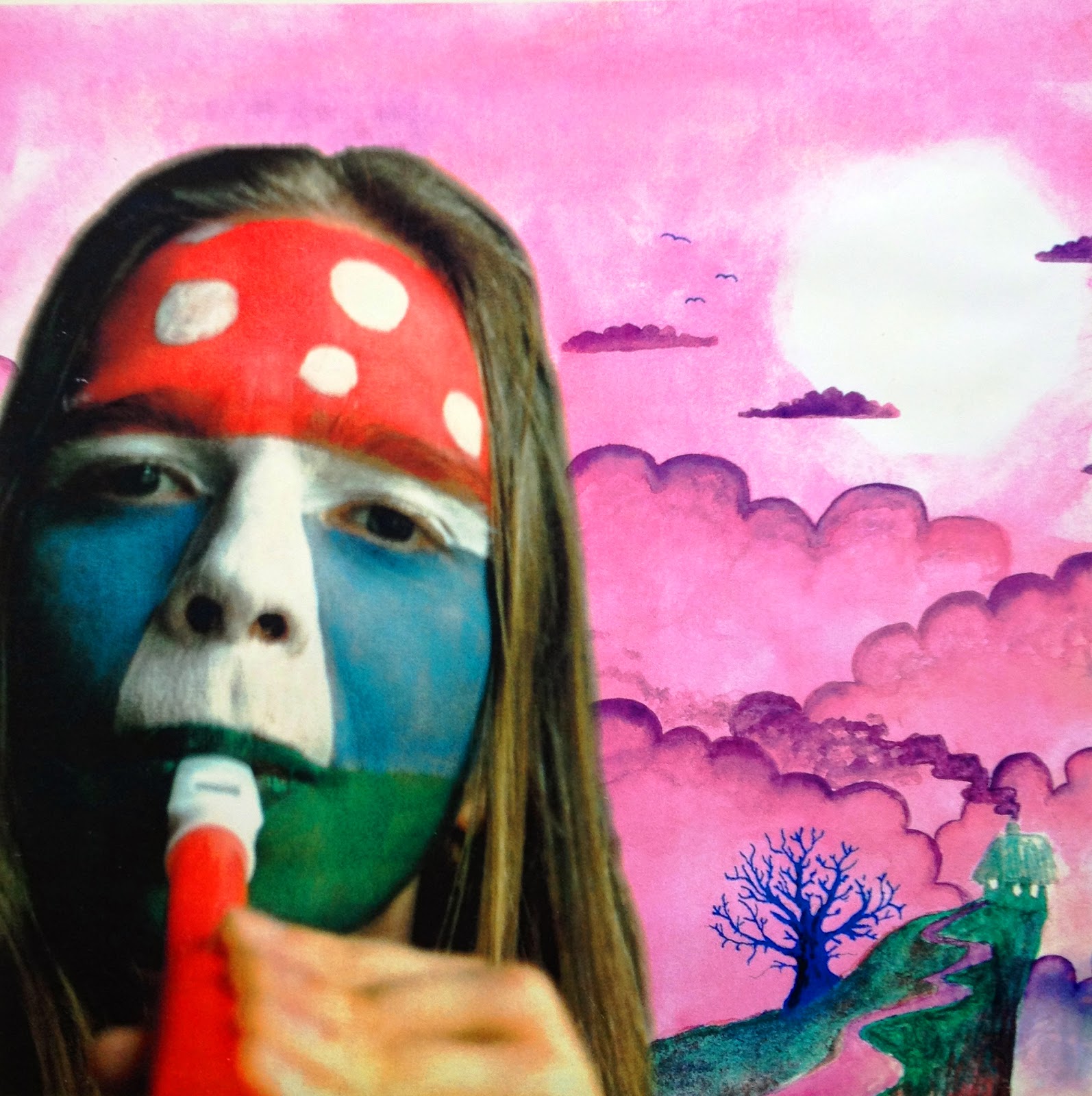
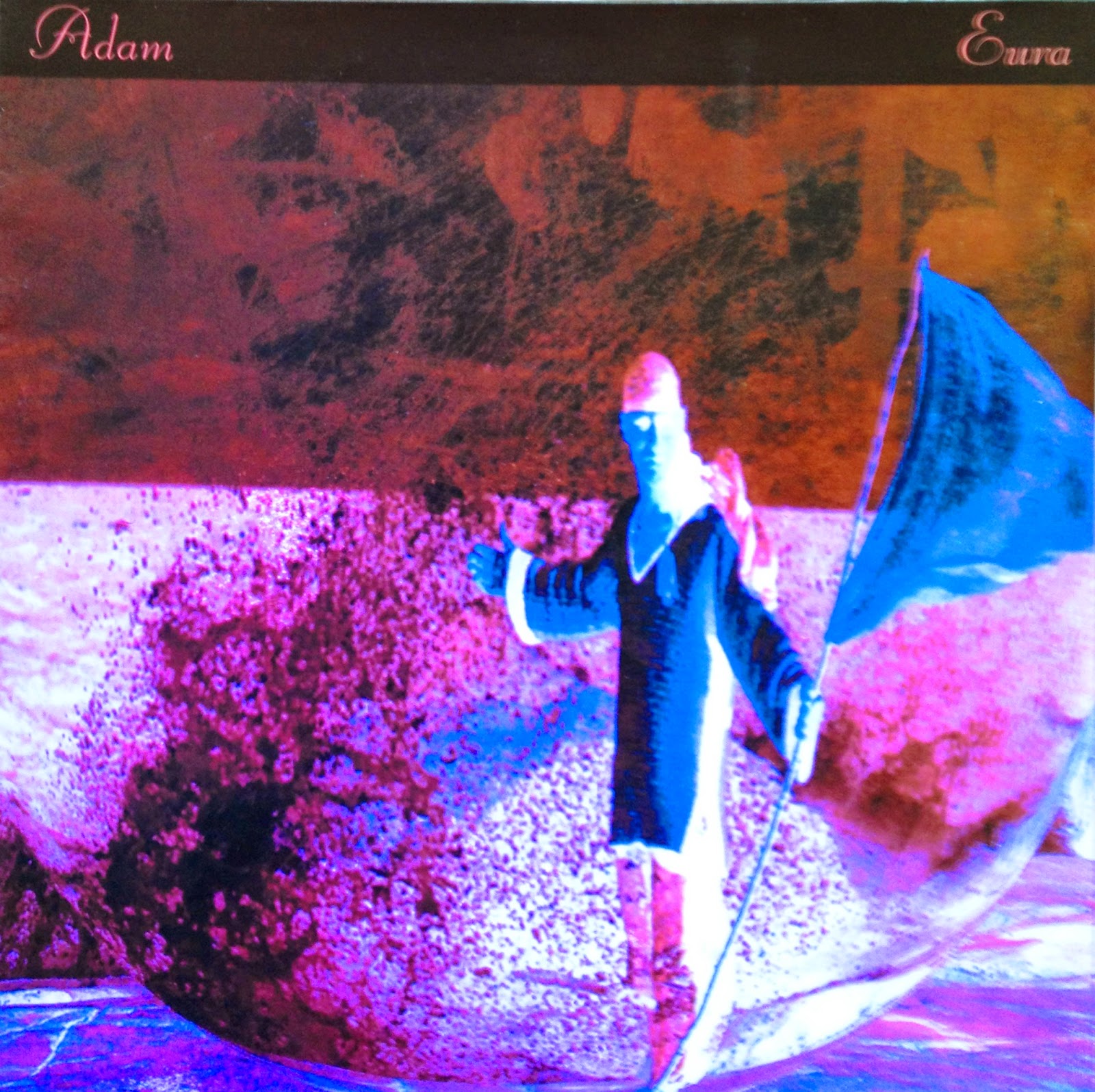
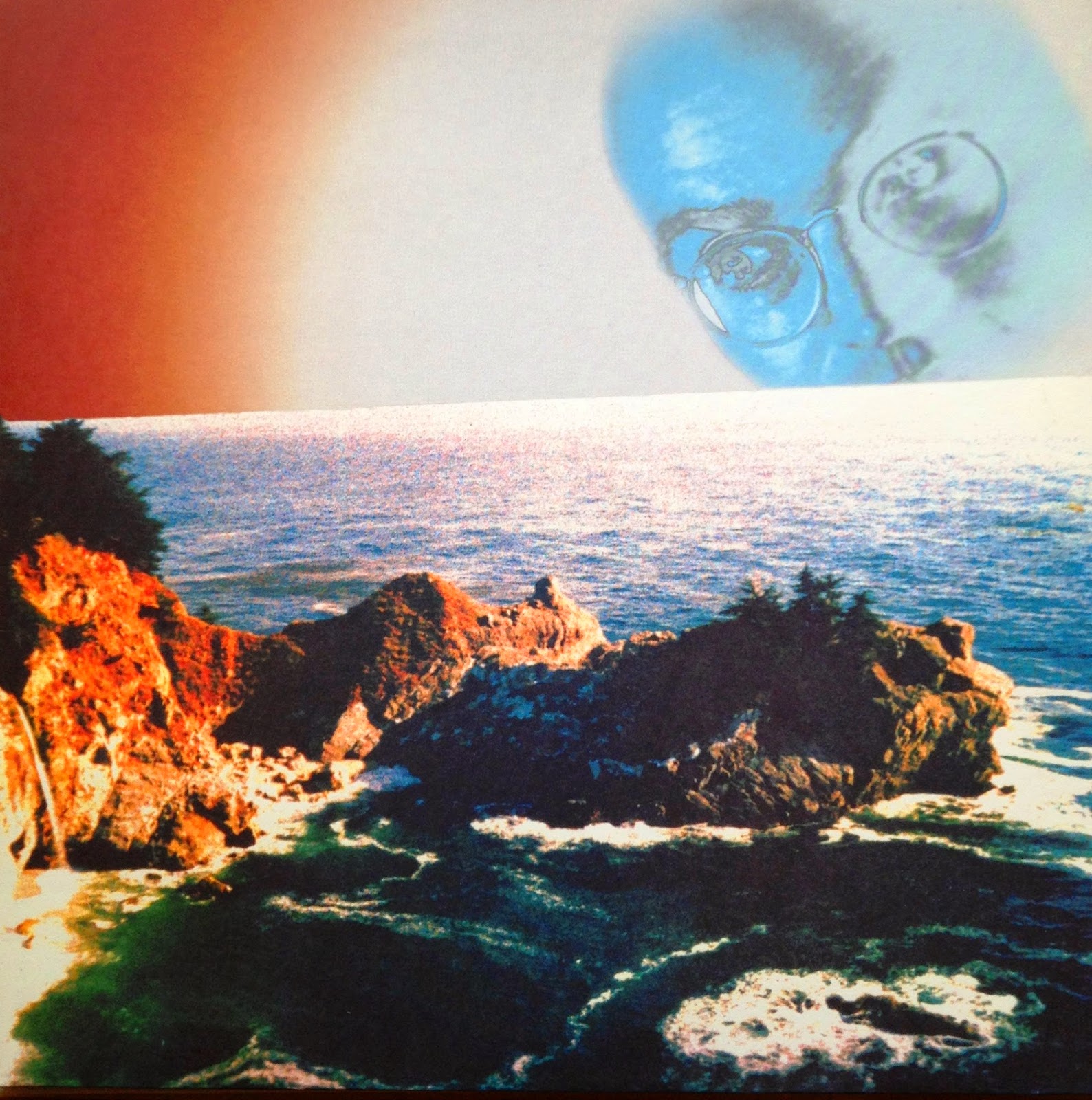
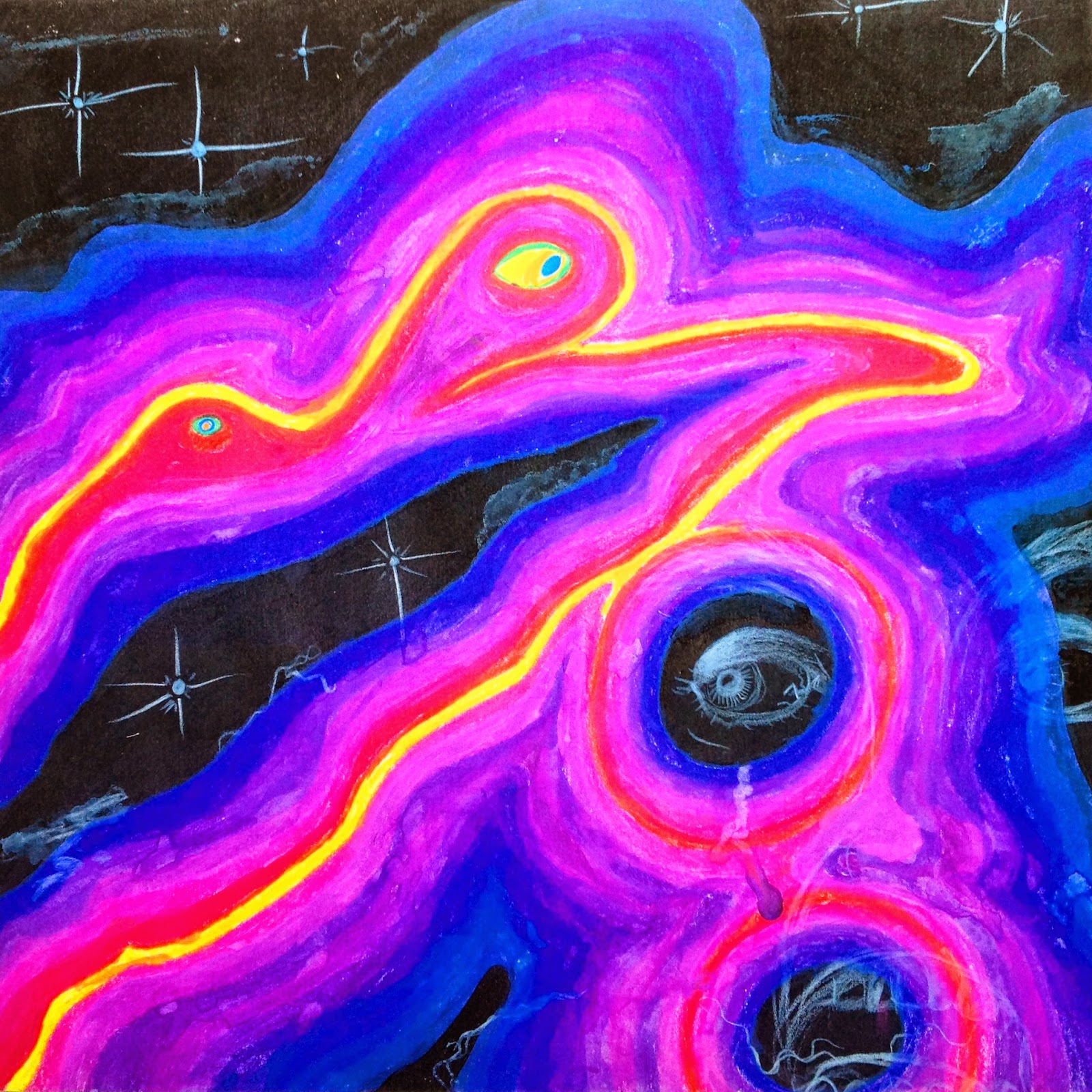

There was also gatherings and small festival organized. What’s the story behind that?
Carl Abrahamsson: Stefan had Xotic Mind and arranged small gatherings and festivals and I had label activities through TOPYSCAN and my company Psychick Release, which delved more into contemporary experimental and electronic music. I arranged concerts, film screenings and parties, as did Stefan and some other people too. It’s not exaggerated to say that we brought in a lot of good people and events to Stockholm. I think it was just a willingness to share with others what we had found in our own imprint stages. That was equally valid for movies and books and music.
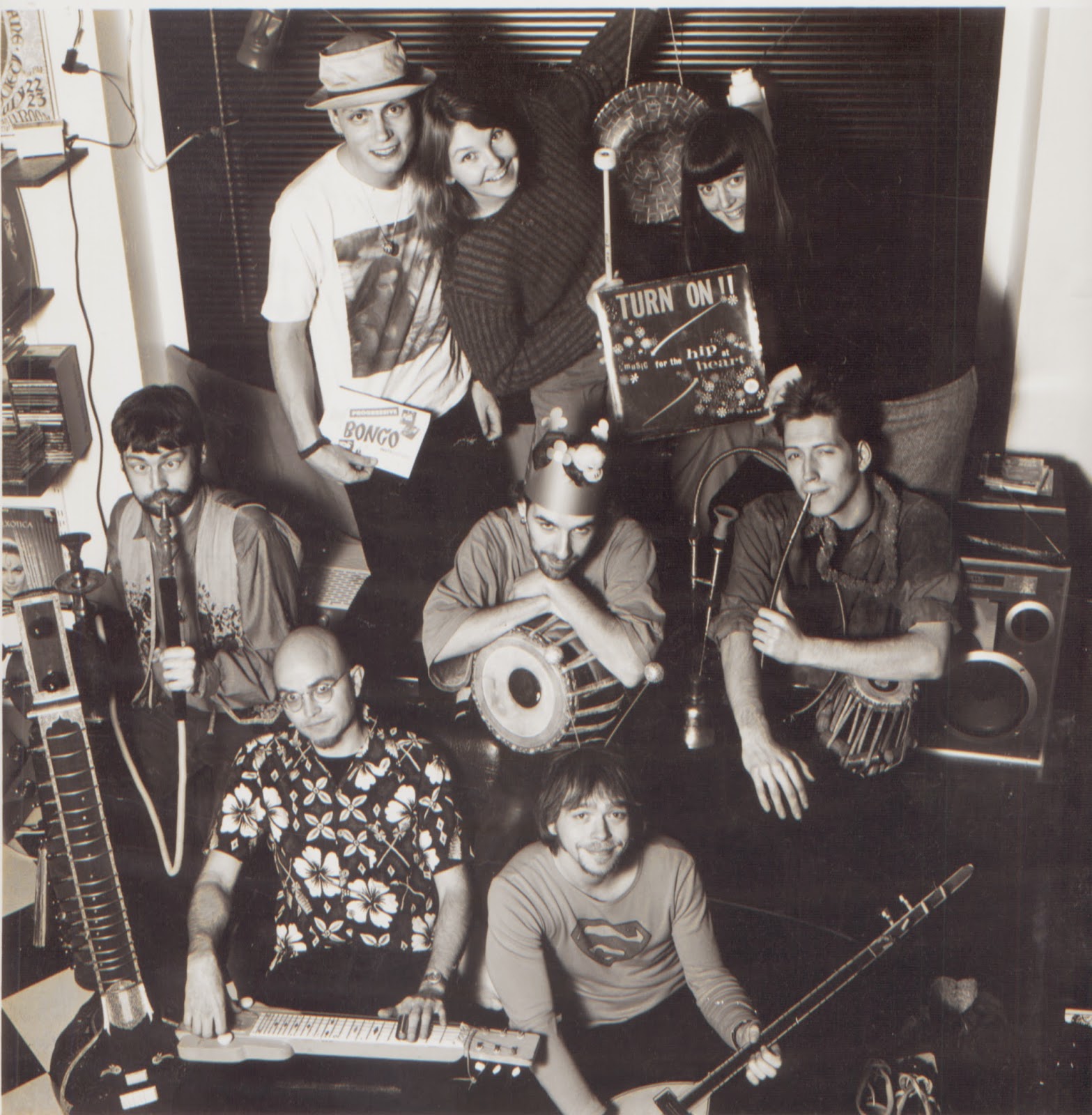
Stefan Kéry: Cosmic Minds at Play for example was the first new ”psychedelic” festivals in Stockholm. We needed gatherings to bring the tribes together. I organized lots of these gatherings with my friends over the years. And then we picked up the thread from the first free underground psychedelic gathering in Stockholm; ”Festen”, and we got together a really huge 30 years commemoration festival we’re the musicians who had been active back in the 60s/70s and the current groups could meet and interact. It was really great and grew in to a even larger festival the year after that lasted many days. All of these has proven great inspiration for a lot of what people are trying out now.
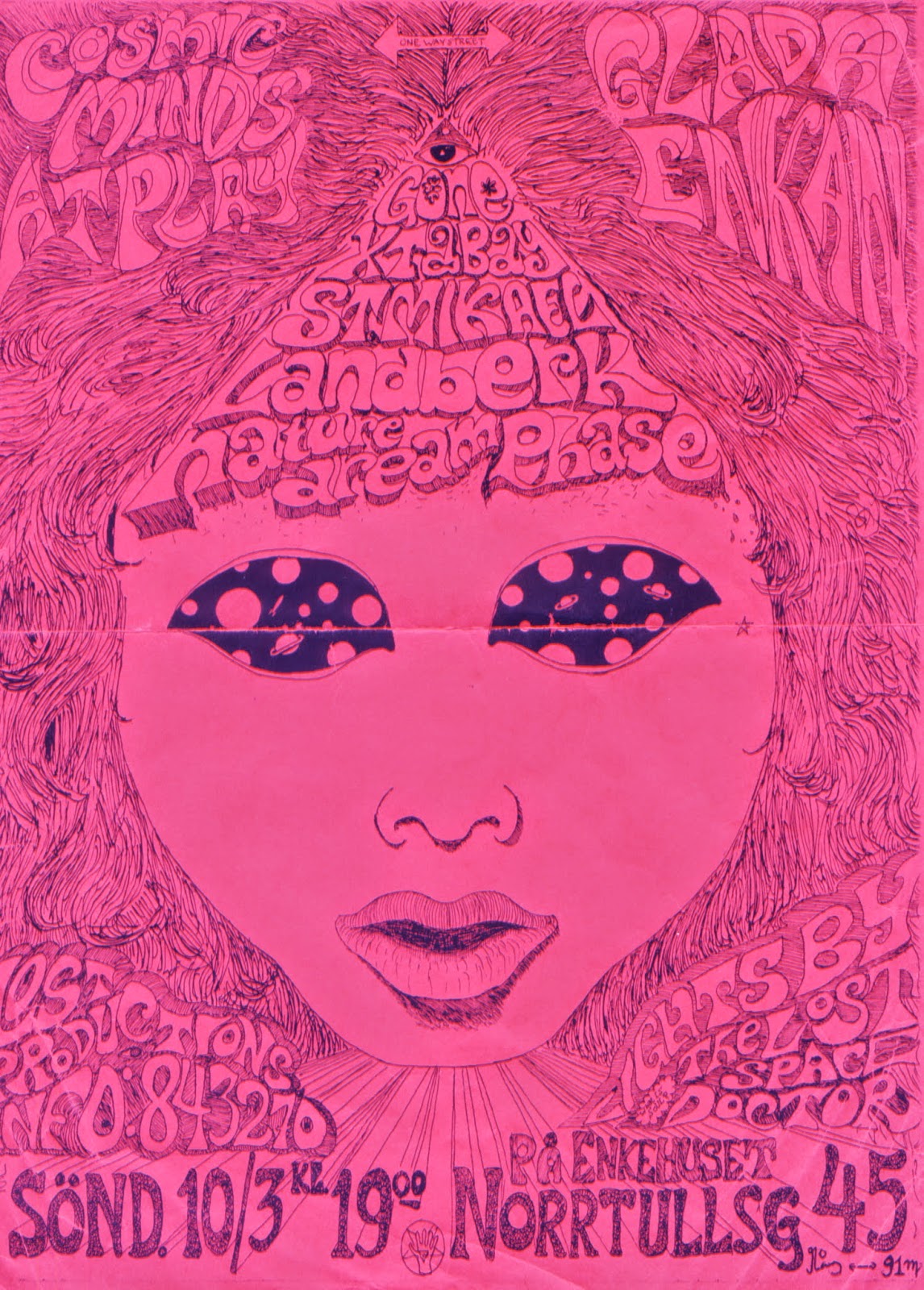
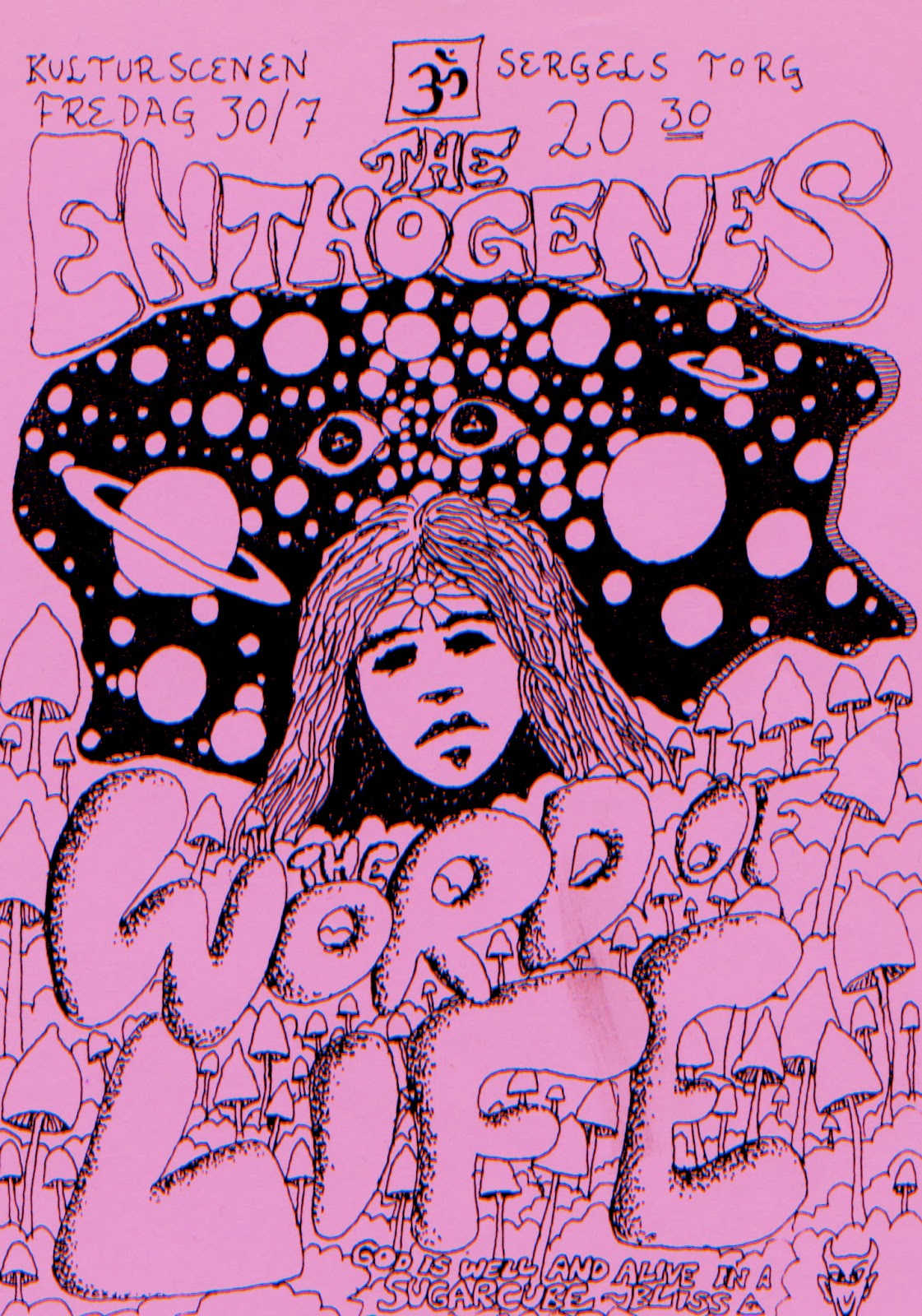

Then in 1995 Entheogens came along and manage to record one of the most spiritual, lysergic albums I ever came across. The group consists of a lot of musicians. The Gnostic Mass was recorded and released on Xotic Mind in 1995. Stefan how did you got an idea to start this collective and was there any particular concept behind the music or was everything made pretty much spontaneously?
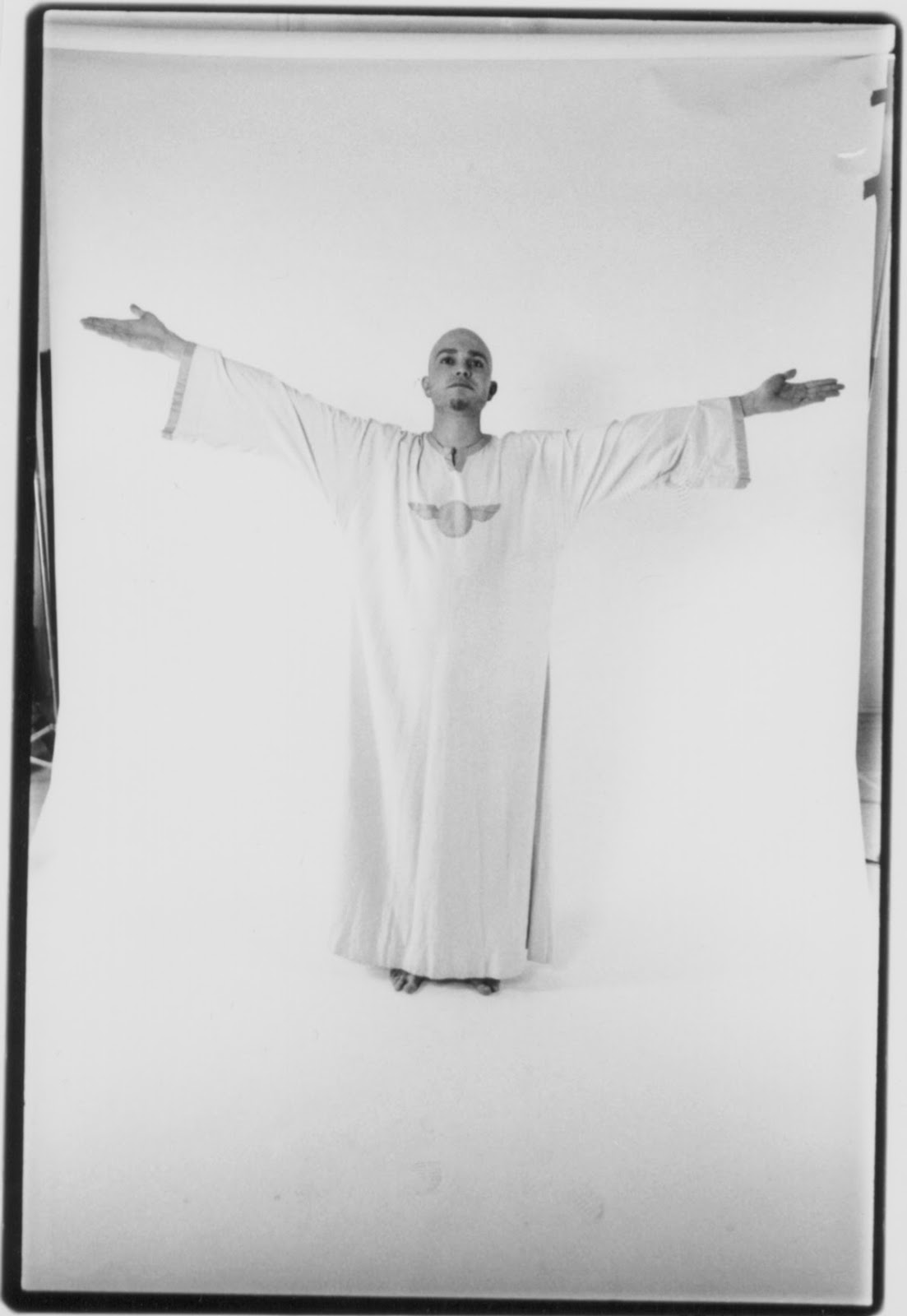
Stefan Kéry: I wanted to get together this special concept communal improvisational band with a lot of the musicians that we’re on the label, including me, as opposed to the more solo artist based albums. I decided on the band name Entheogens because I had read an article on a psychedelic research conference in the US were it was suggested that the term ”psychedelic” should be removed from academic studies and reports. They believed the word had been soiled by its connection to rock music and was not taken serious anymore. So someone suggested the change from psychedelic to entheogen. Possibly a good move but at the time I felt we much claim that word for psychedelic music too :). And even more so since it was such a great word (generating the divine within “to become your own god”). Everything was done spontaneously in an enlightened state. “Dance of the Priestess” was recorded live accompanying the priestess dance during a performance of Aleister Crowley’s Gnostic Mass, ”Fire at Will” was music I made for a film by the same name, directed by Beatrice Eggers. And the side long ”IO Pan” was recorded live at a private gathering in front of an assemblage of the cream of the crop of Stockholms inner circle of occult community at the time. All of the recordings were completely unrehearsed spur of the moment performances/experiences on psychedelics.
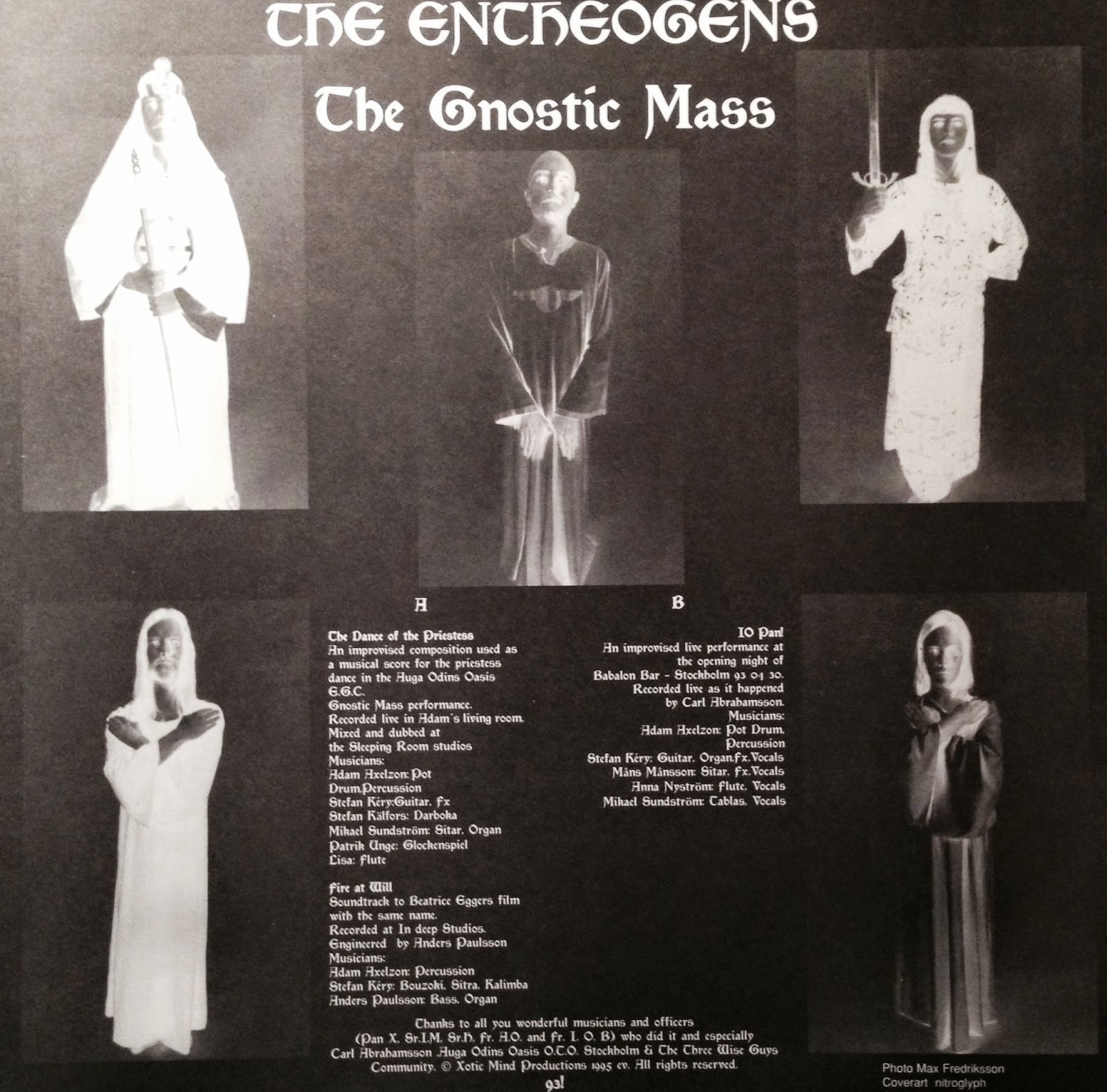
How many copies came out? Did you do any concert? Did you ever manage to get any wider audience or was this just to much for regular folks?
Stefan Kéry: 500 copies. Yes, we performed quite frequently, from small private gatherings to the Royal Swedish Opera and even having an outdoor concert at a huge stage in the middle of central Stockholm (the Swedish capitol) that was heard all over the inner city and seen and heard by many many thousands of people (!).
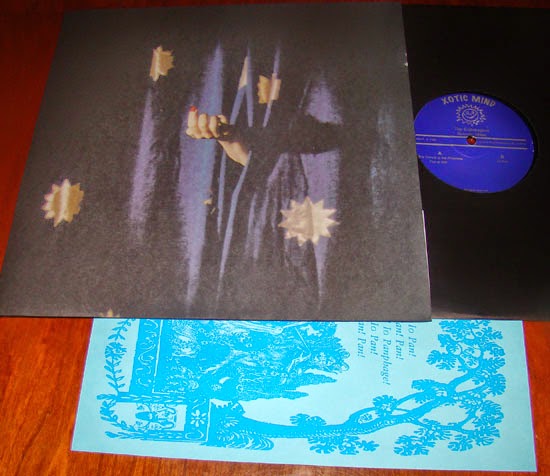
What do you think was the main inspiration for you guys to start listening garage and psych rock from The States, which at the times was pretty much forgotten if we look globally and why Sweden, which is not in direct connection with it?
Stefan Kéry: For me it was the peculiar and exhilarating experience of going back to the roots, to the music I had already been in to and played kind of a thing, but discovering to my amazement and joy that these very roots went so much further underground and grew further and deeper (and higher) than I ever would have thought possible. This trip is constantly evolving.
Carl Abrahamsson: I think it has to do with that we were curious, hungry and active – and we still are. When we heard something fantastic, we did research on it. Through correspondence, fanzines, networking etc. An example would be listening to Yahowah 13 while tripping back in 1987. I just recently saw the great documentary about the Source Family and Father Yod. They were active some 45 years ago now. But when we listened in, it was only some 15-20 years after the fact. We were passionate about our interests. Also, when you start looking into things, other things will then emerge. It’s an endless journey of exploration. We’re all still on that journey.
How was this process of education for you? These days it is pretty easy to find bands of the past and you can get a lot of information, but back then there wasn’t anything except for a few fanzines. How did you got the records and fanzines?
Stefan Kéry: There was a sort of a community. You had the local record shops that sold the records and fanzines. I managed a record store in Stockholm back then for example, this was a good meeting place for the acid crew and a good spot to spread the gospel so to speak. Another important factor in the musical underground was of course the mystical record lists that were read like sacred mystical scriptures. I also made one myself, for the label and other special records I had available, for a while that we sent out worldwide. But the whole thing about finding obscure things that you liked (music, books, films etc) and really pursuing the knowledge about them, took a lot of old school time and effort and some believe that this made it feel like these things, and experiences, meant more to you compared to how it is now; when everything is just a click away. I don’t know.
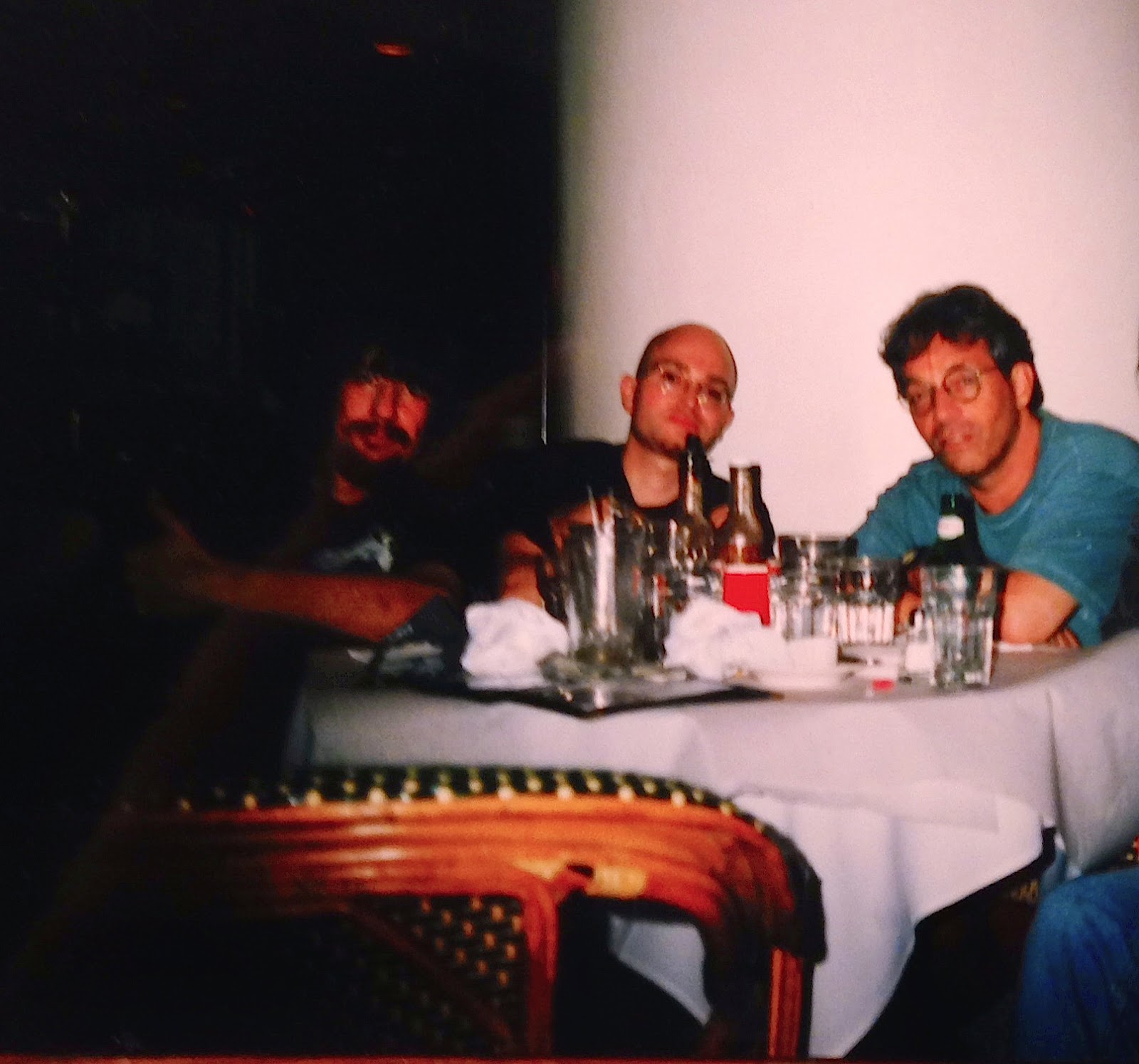
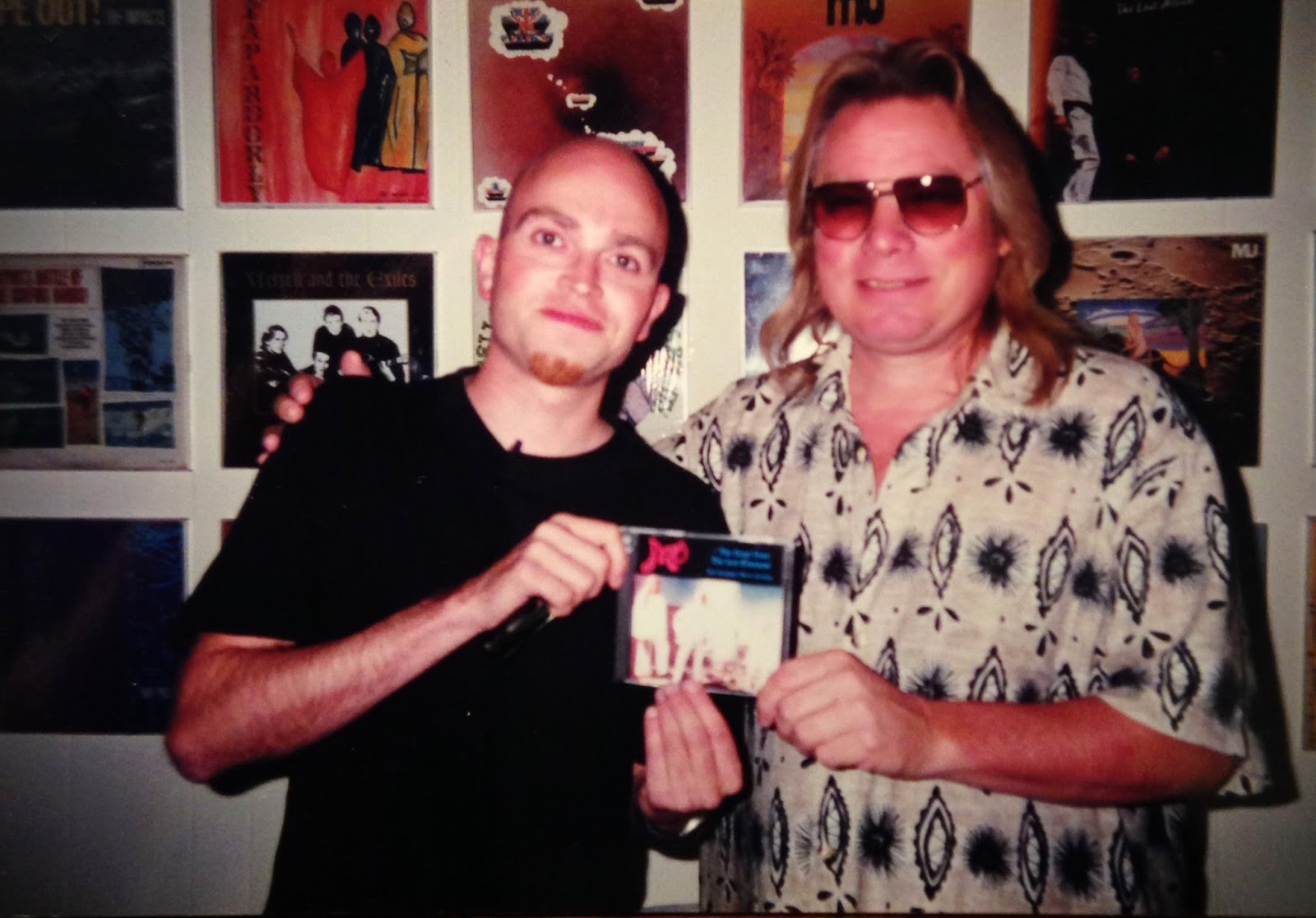
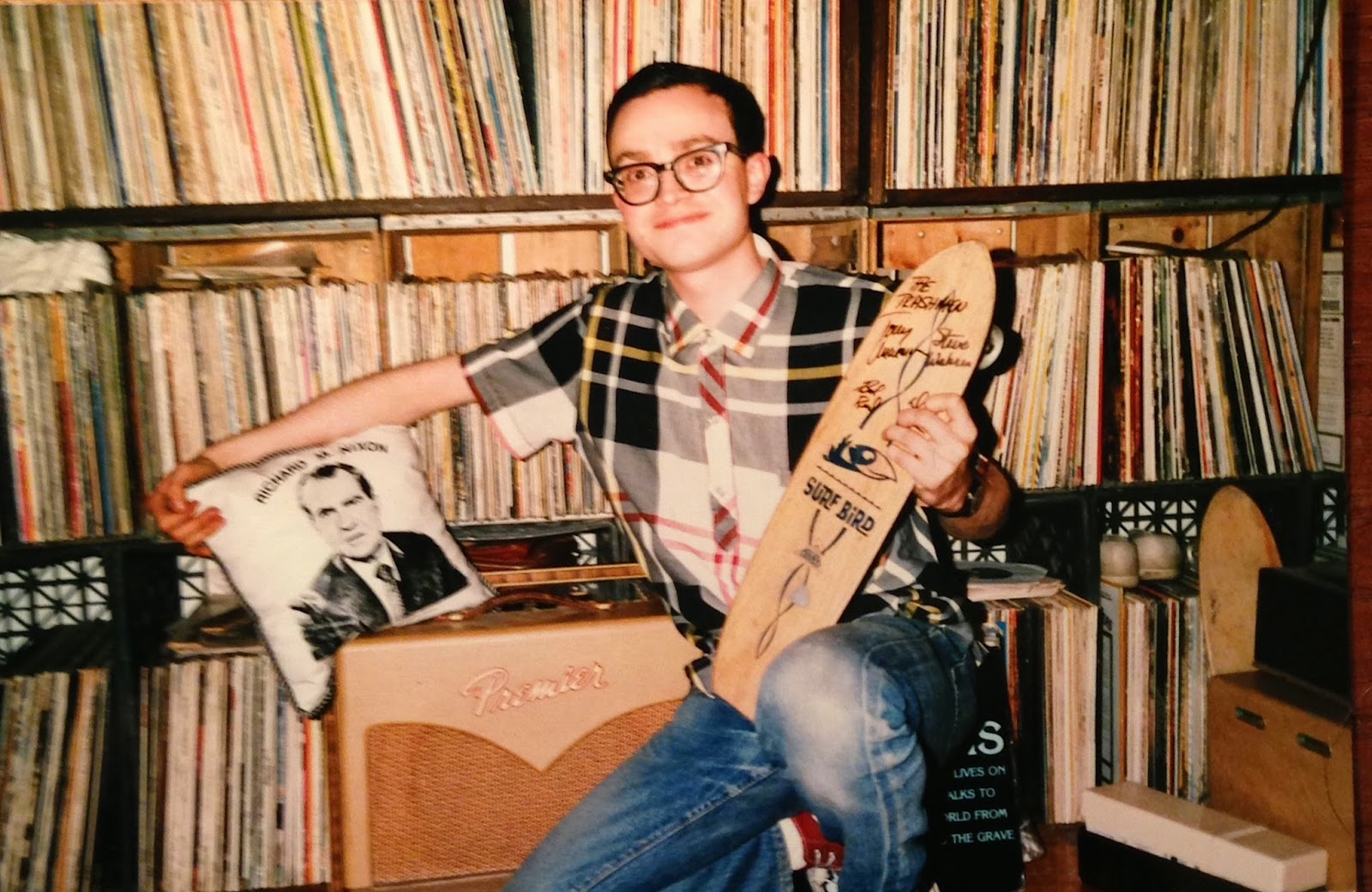
Carl Abrahamsson: Some were imported to the few great record stores in Stockholm. Also, we all traveled and bought things abroad, both records and fanzines. Then it was just a matter of networking. That was a lot of fun. Writing and receiving letters, ordering records and books and VHS cassettes.
I know, that one of the greatest inspirations for you, was Texas psychedelic scene, especially cos of the 13th Floor Elevators. They truly lived psychedelic life and I see resemblance in your collective. Do you agree?
Stefan Kéry: We didn’t really learn from any previous psychedelic scene but were more learning via trial and error so to speak. I think that is the only way.
Later you went even more into lysergic psychedelia and that can be shown also in music made by collective. Hallucinogens had for sure a great impact on your life and on the music you listened, and played. How do you see the scene now if you look back?
Stefan Kéry: I wouldn’t say later though. Psychedelics came in early in this scene but the more blatant psychedelic expressions from the people within the scene might have taken a while to materialize. Nothing of this has ever stopped for me. I carry on in the same way, still totally emerged in this, and doing my things on the trip.
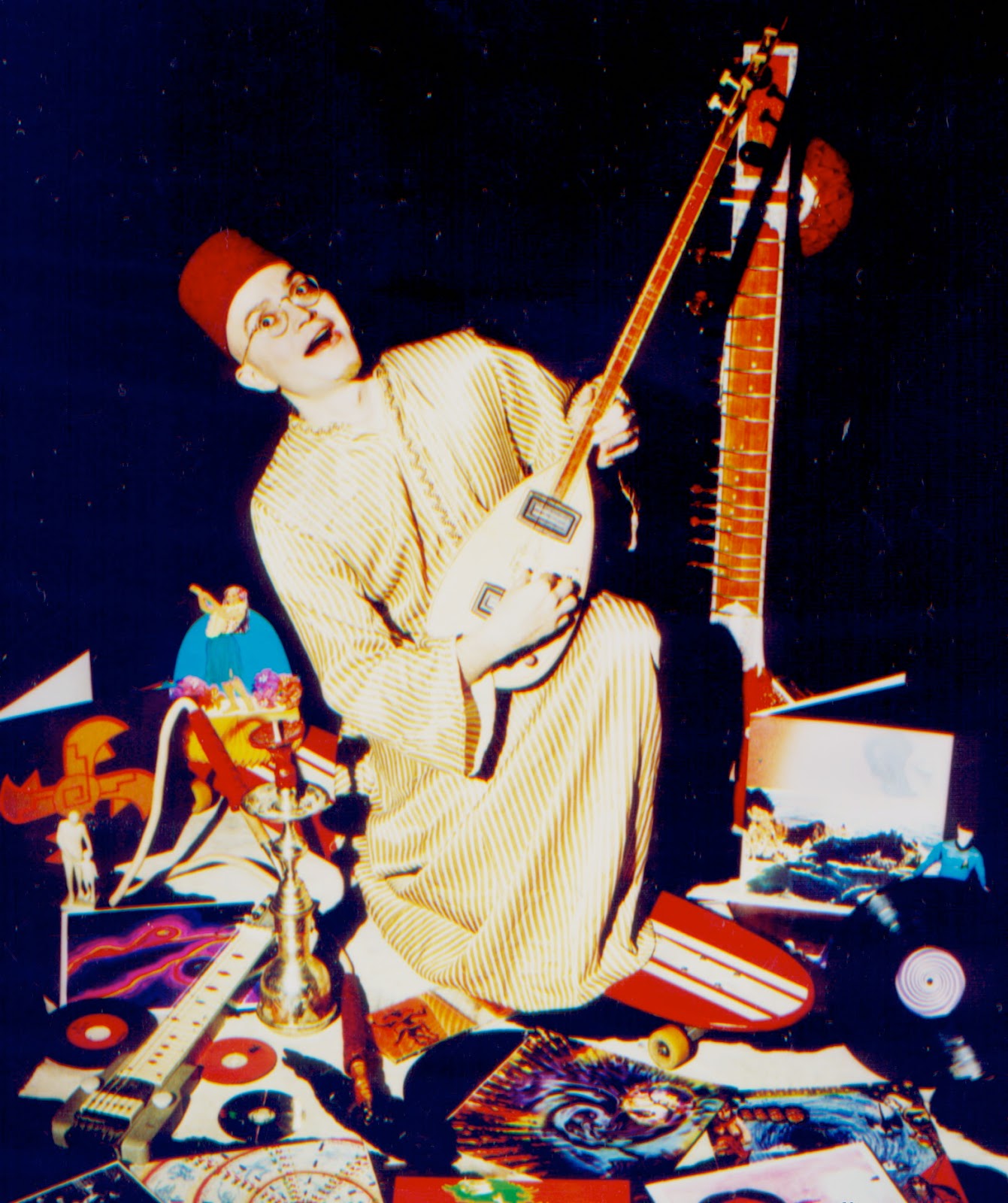
Here’s a word from ST Mikael again regarding my question which perhaps sums it up in a good way:
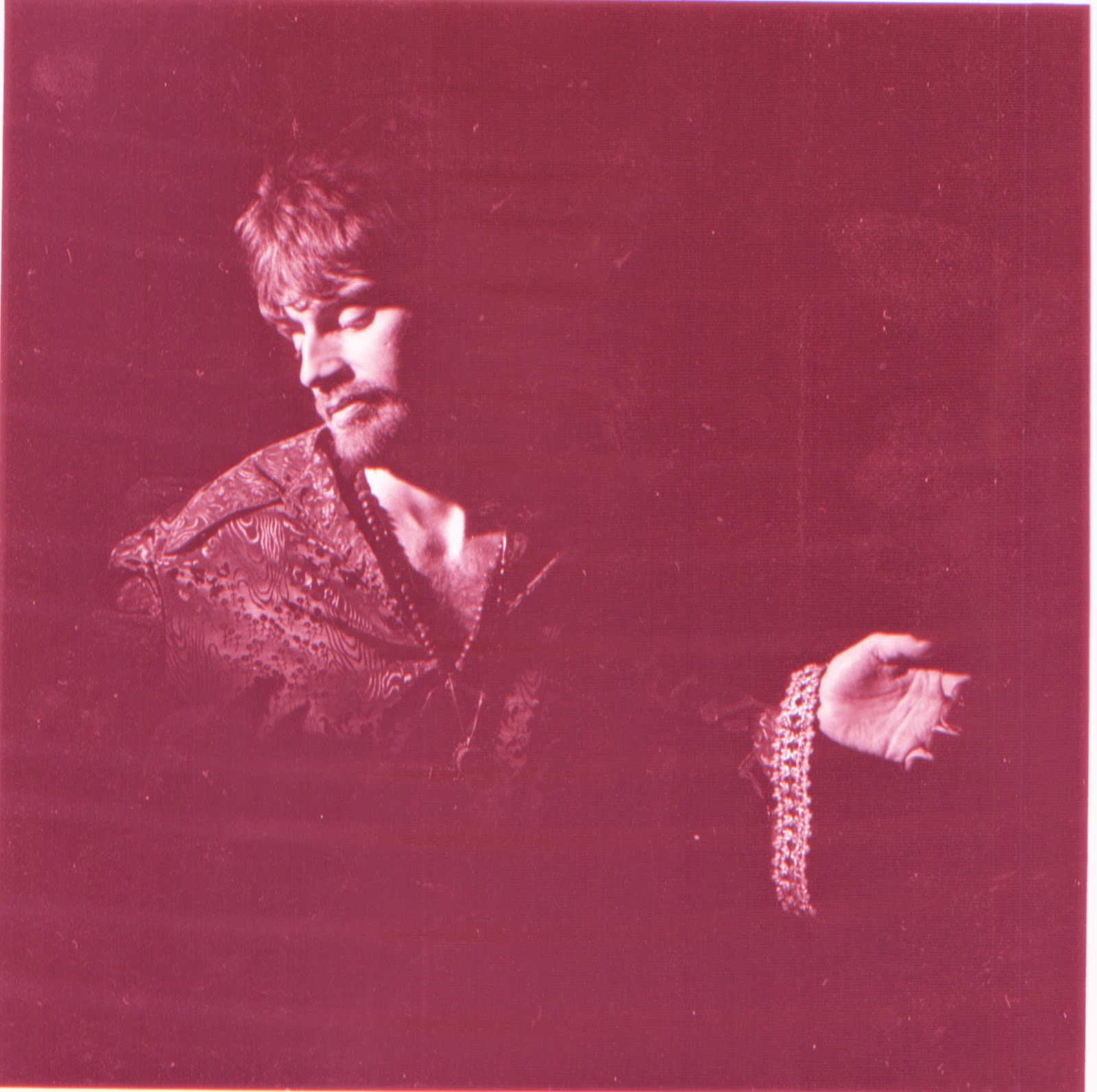
Mikael Sundström: I guess this interview confirms my view that the period in discussion was more significant than we thought. I guess we paved the way for others, younger generations to do “their own thing” even if not supported by the cultural landscape around our Swedish underground existence. Many peoples personality is more or less cemented by their upper teenage experience, but I and many others involved in the psychedelic scenes were far away from youngsters. That is what made it so cool. We were not stupid, but rather well informed about the hallucinogens, the alternative rock music history and an enormous openness for the new inspiration and what came out of our ideas. I still find myself thinking about those times as if it was yesterday and most individuals I learned to know back then and liked, are still in my heart. But it was rather hard to see that period slowly dissolve, when the necessary involvement into mass-society when families were formed and everyone had to do other things to survive. But the records and other artistic expressions from that period remains. Personally, I never really changed and are still doing what I did and I think we, who lived in all this in the 1980-90s, still cherish it as a wonderful life experience which strengthened our personalities for life.
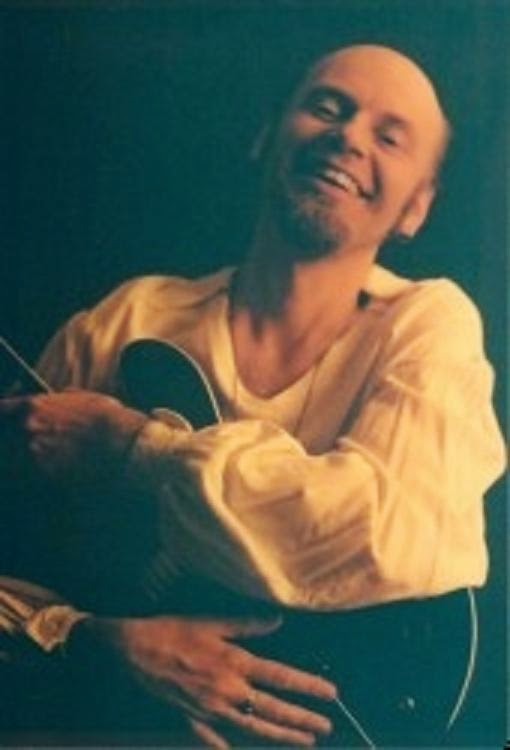
Carl Abrahamsson: For me it’s an unbroken chronology, just like one ongoing trip. The esthetic imprints were set then and they still resound now. Methods, attitudes and mindframes ditto. I feel I tally carry on in the spirit of the Lumber Island Acid Crew today. It’s just there, in basically everything I create.
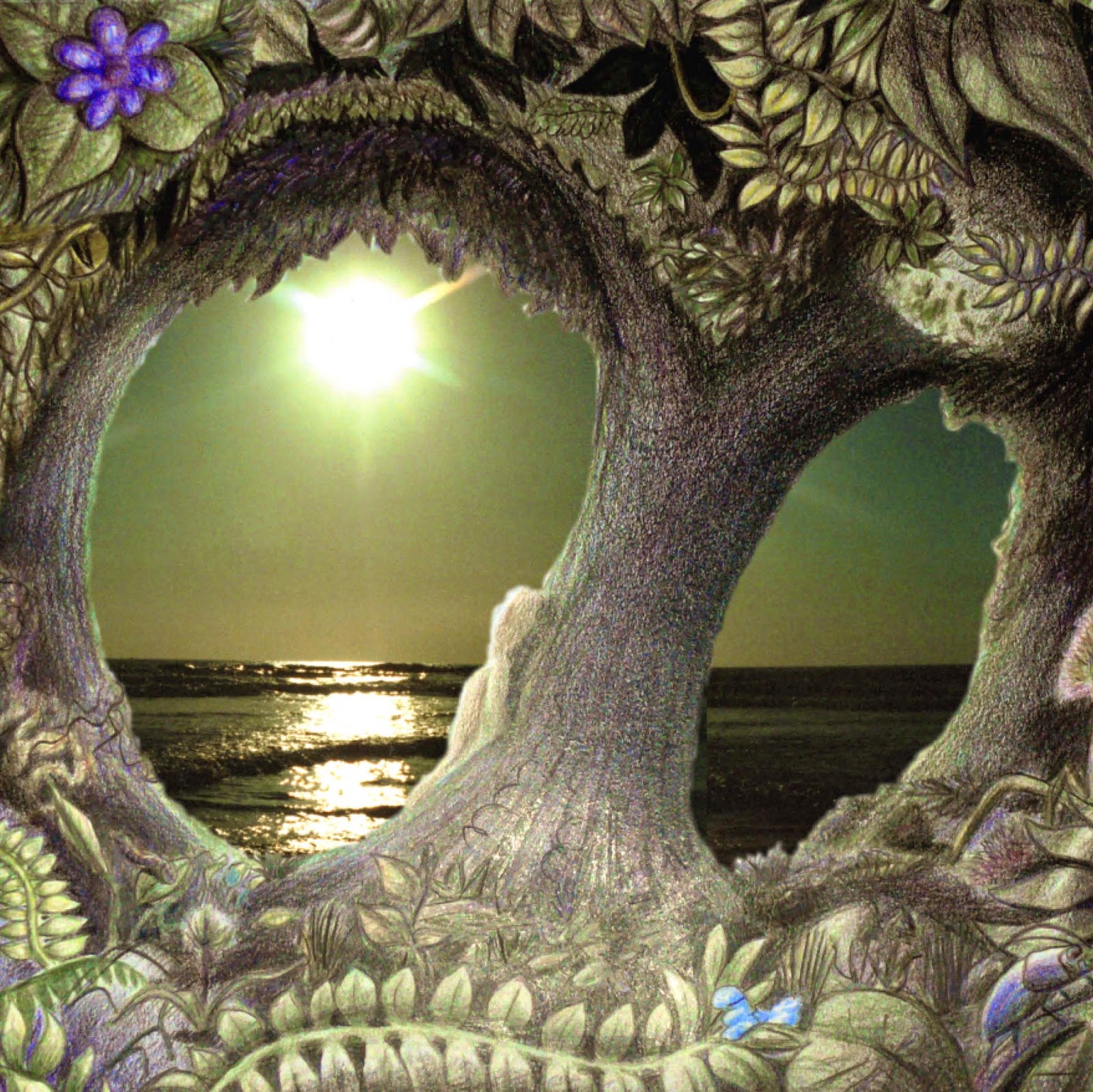
These days you’re still very active. Patrick wrote Acid Archive and Psychedelia, which probably wouldn’t happen if you weren’t part of the collective and same goes for you Stefan with now your label Subliminal Sounds, that is releasing some of the most interesting rock acts of the day. Is there anything else you would like to share with us? It’s a great pleasure to discuss about this interesting scene you had up in north Europe.
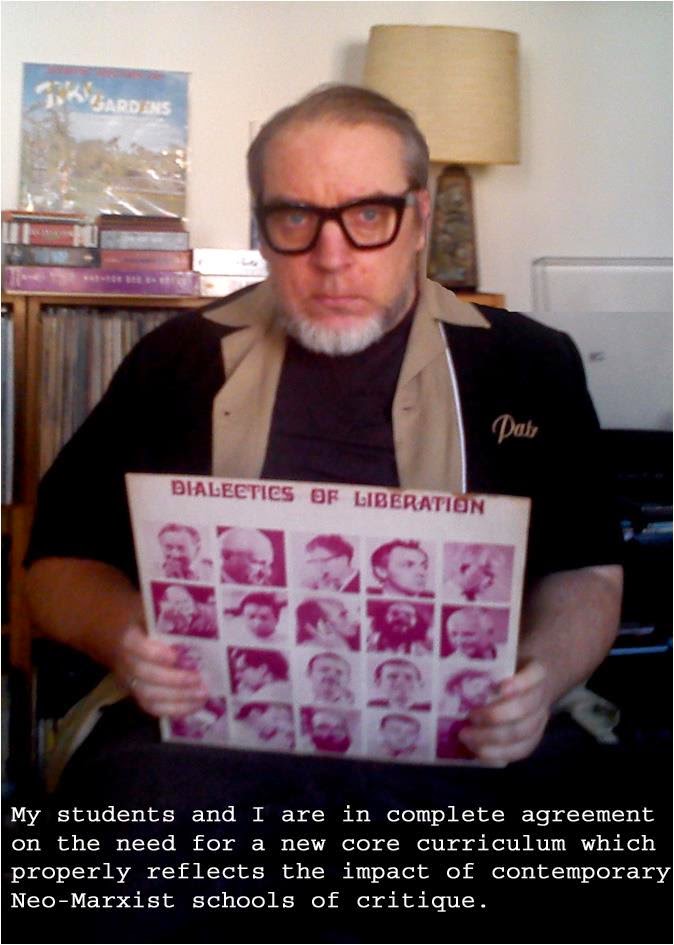
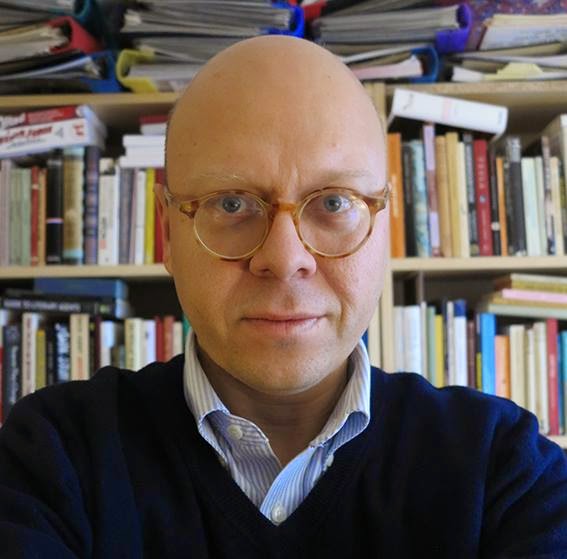
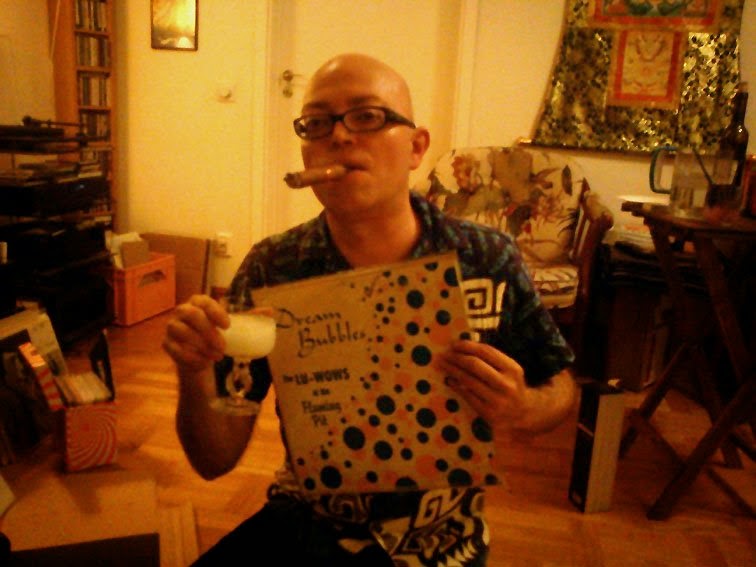
– Klemen Breznikar

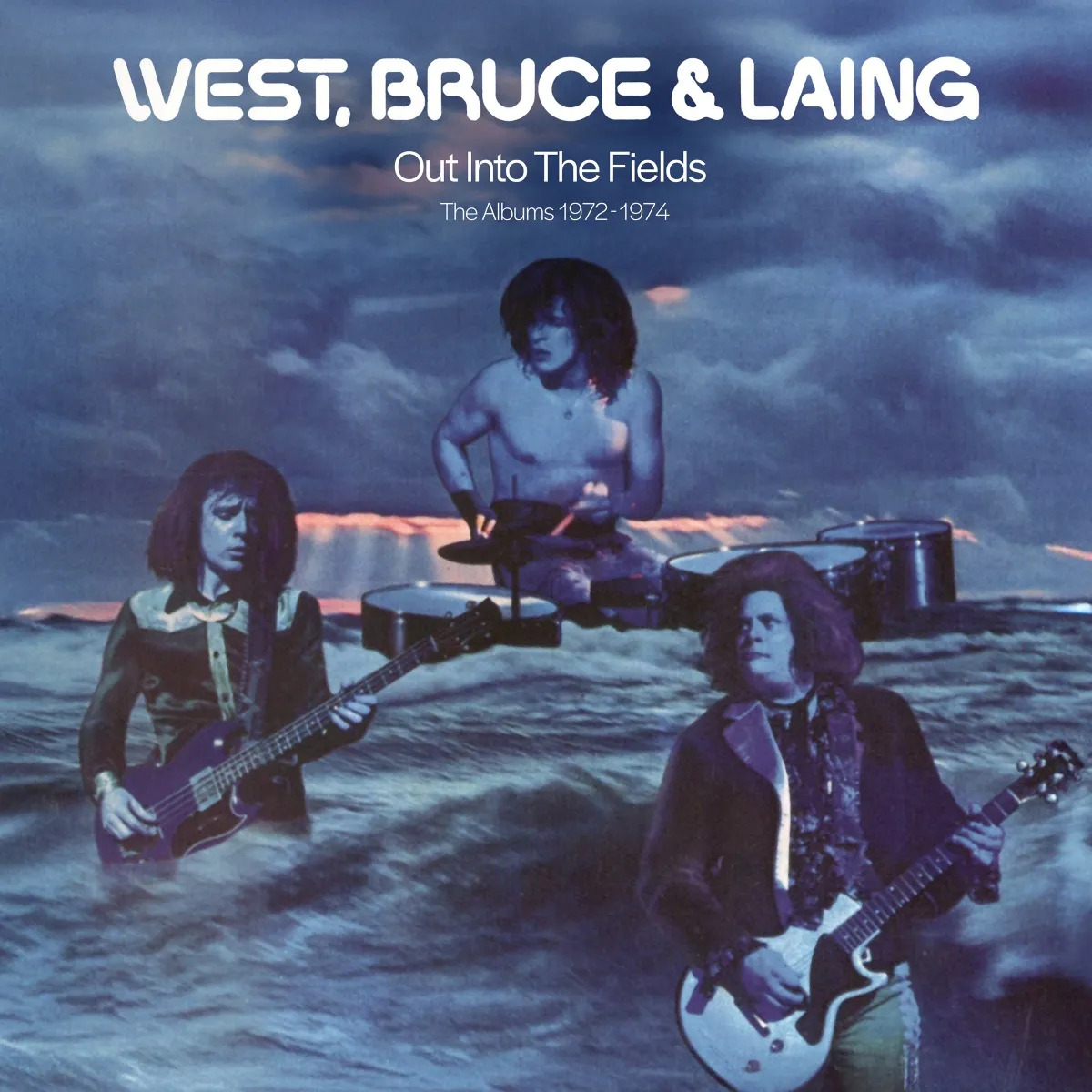

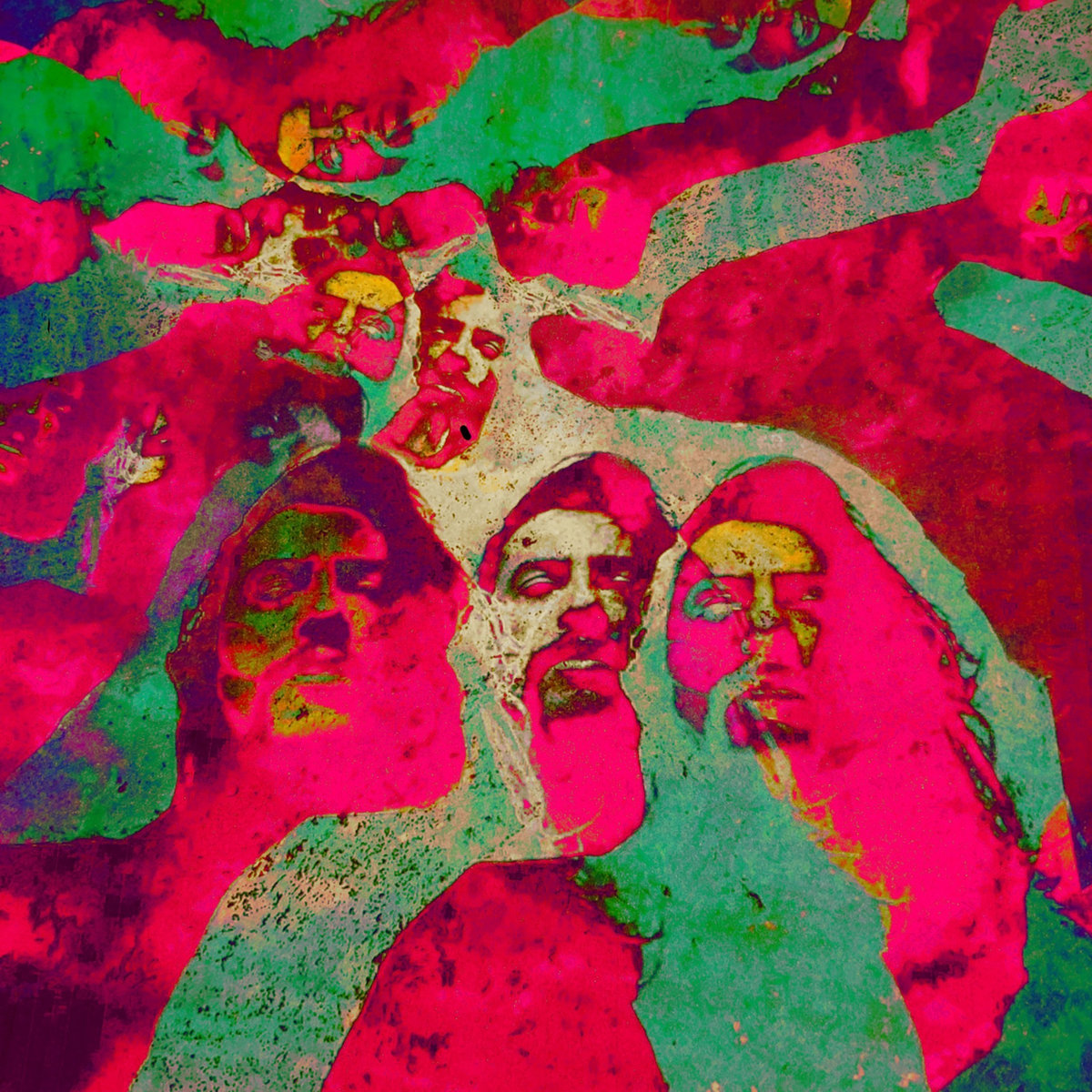
I know Guru (Stefan) and he is a cool n far out dude with enthuiasm very unlike the usal folks here in SWE. His rec shop on St Paulsgatan in the late 90's rocked! He was one of the few here in Sthlm rec scene who understood underground music.
Mikael is cool too we listened to Heavy psych underground tapes years back before internet.
Cool folks bless em
Love this article. Friend of Nicklas Kappelin from San Francisco. How’s he doing?